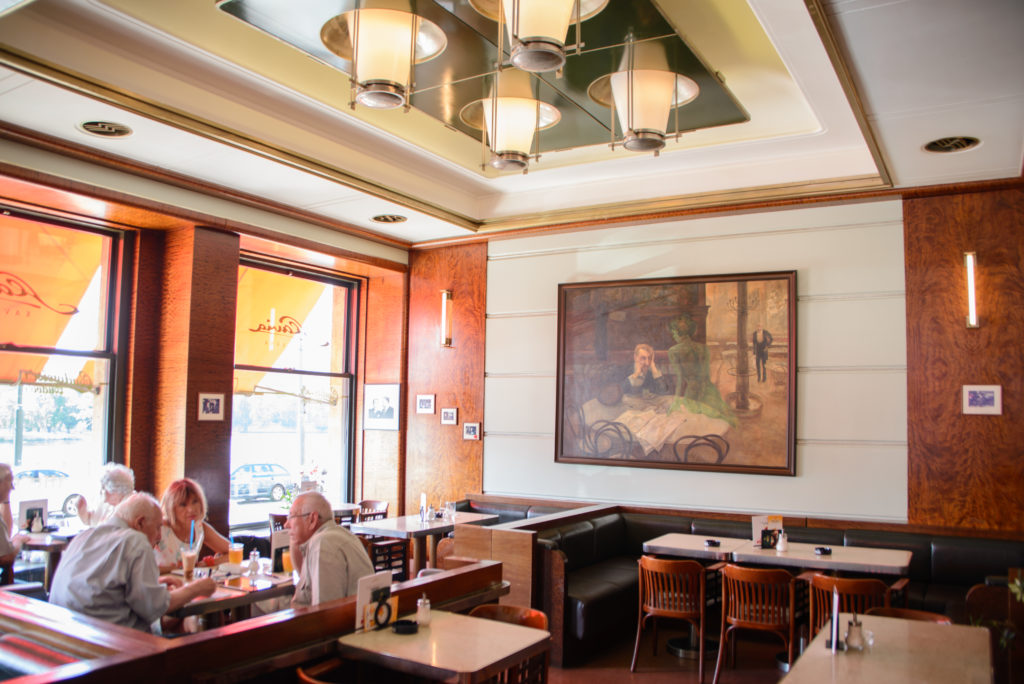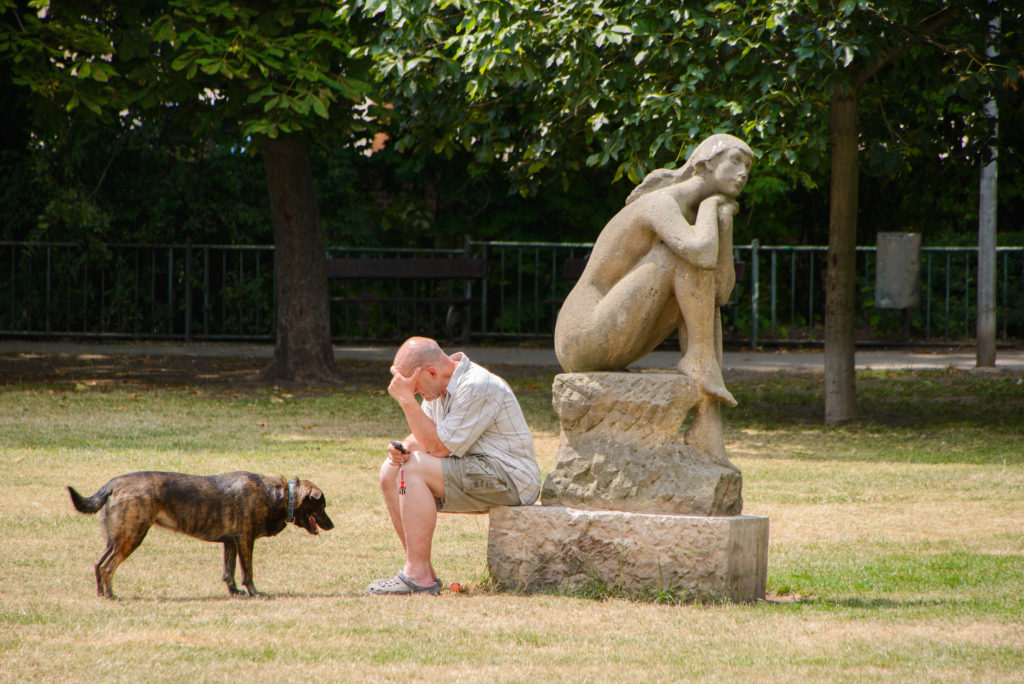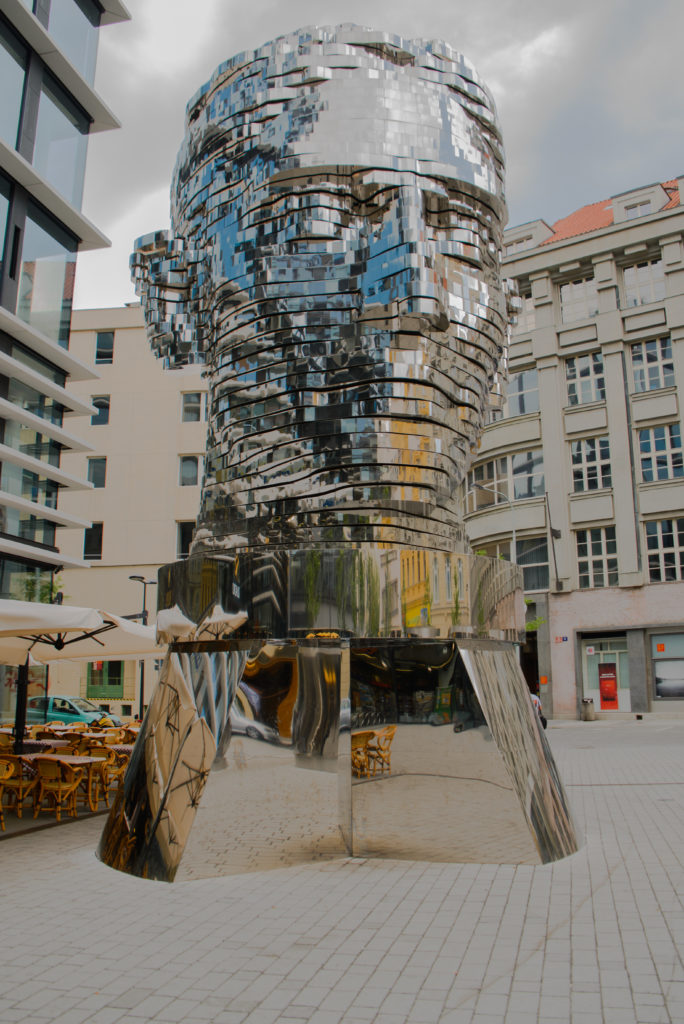
What a frenzy in the air! With flying colors, the gregarious bee-eaters have returned from their Southern African winter domiciles and are busy setting up shop in Austria. Using their beaks for digging and legs for kicking, they carve tunnels of up to two meter length in the soft sandstone near lake Neusiedl.
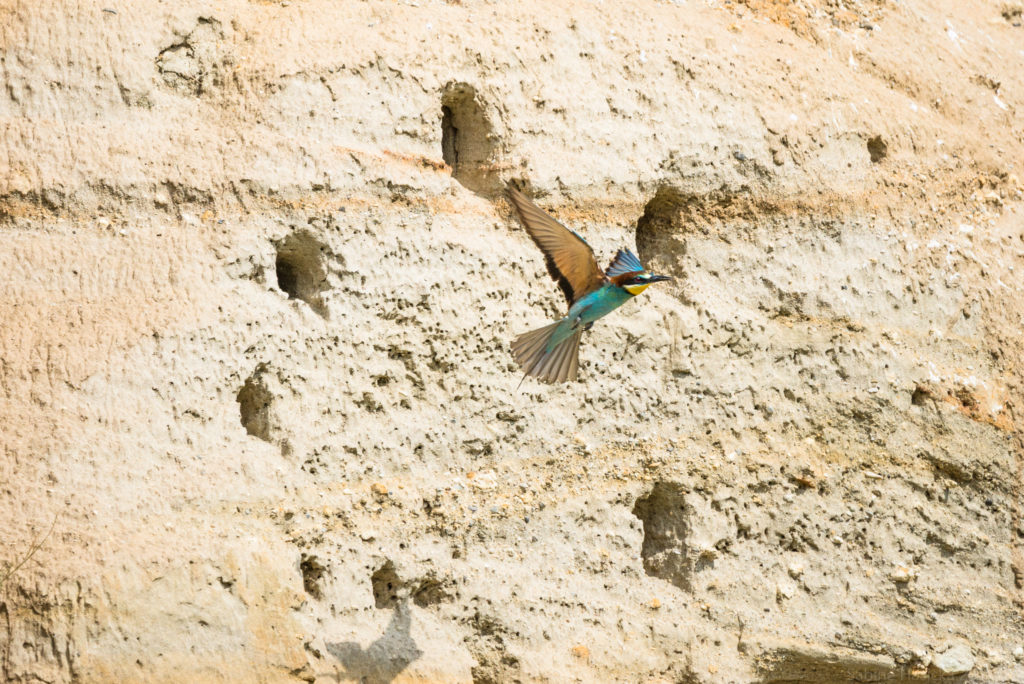
Bee-eaters are fast flyers. Spotting their insect prey from a distance of up to 60m they shoot like bullets through the air for the kill. Bees might be their preferred diet, but bee-eaters will do with any flying insect. They will however never eat from the floor. They have manners after all. They are social creatures.
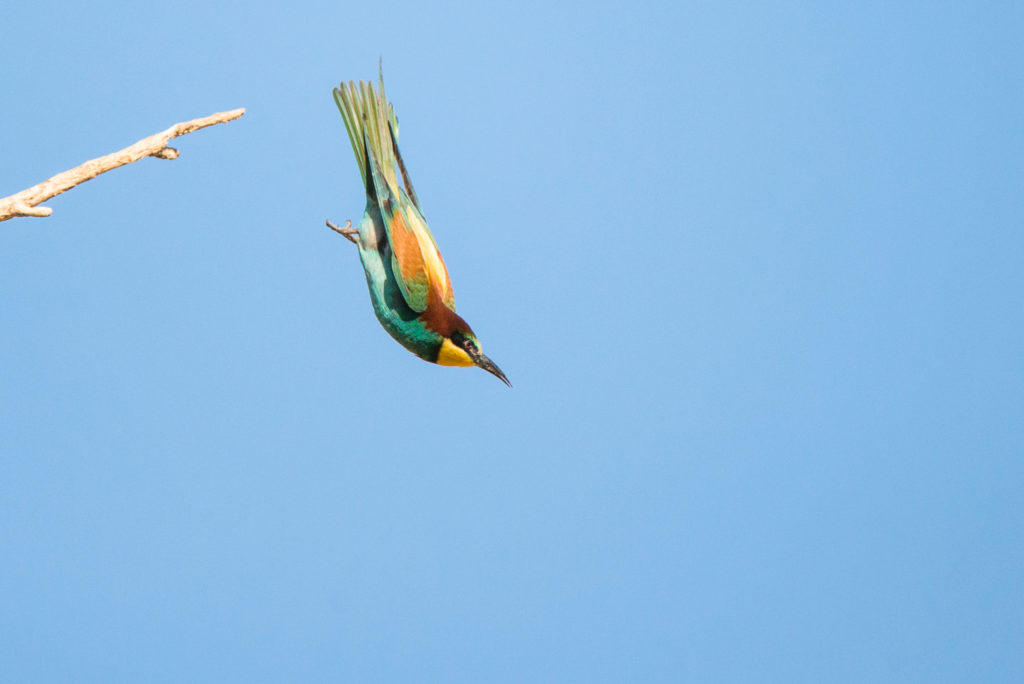
The divorce rate among bee-eaters is low. Once a bee-eater found their mate, they will most likely stay together for years to come. Traditionally courtship ends with the presentation of a gift – not surprisingly a bee, or even a dragonfly – and then the bride leaves her family to move in with her in-laws. This is when all the trouble begins.
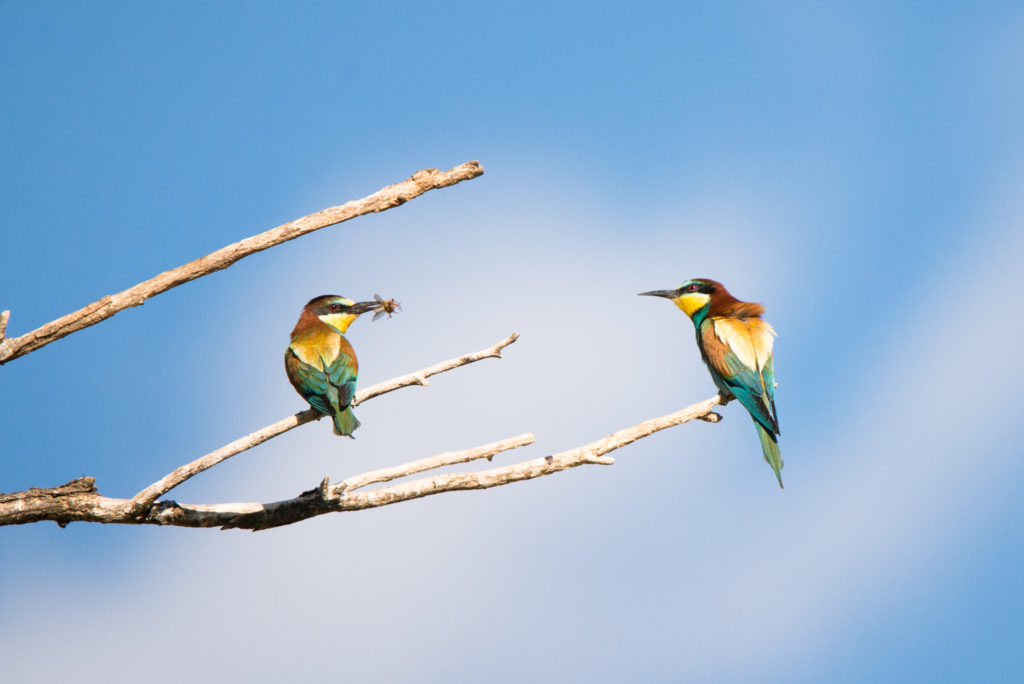
In-laws rarely have an interest in grandchildren. Rather, they want to have more children themselves and – since hunting is so demanding a business – they are in need of baby sitters, not grandkids. The in-laws will harass the newly weds and keep them from procreating mainly by blocking them access to their nesting chamber. To keep the peace, the young couple often obeys, delaying their own egg-laying for a few years.
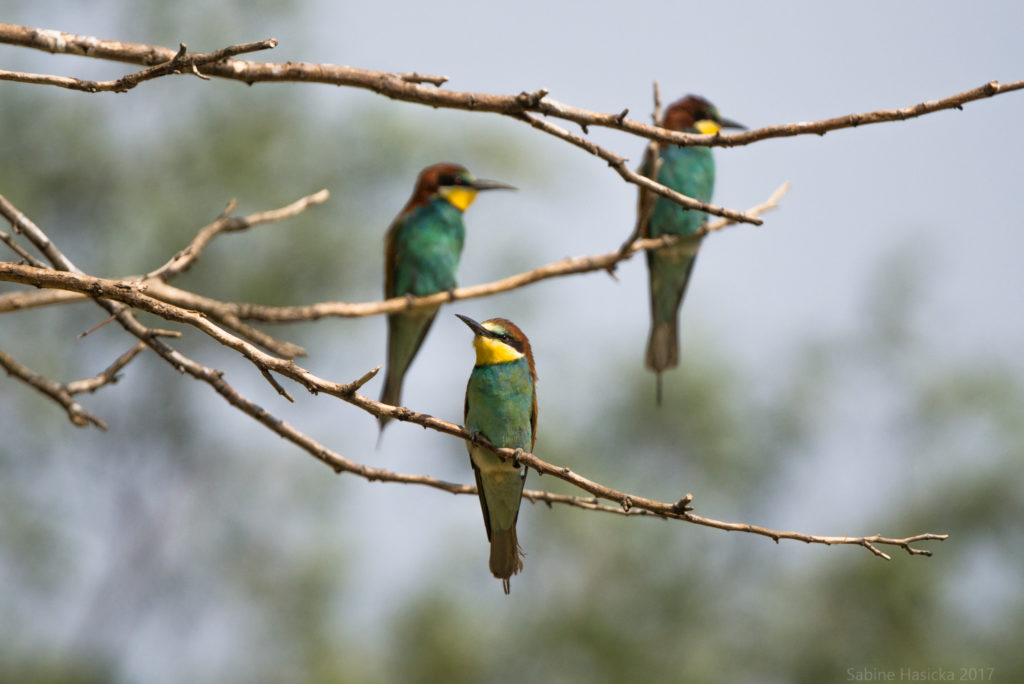
The bride however, will feel short-changed. She left her own family for the groom after all. So she comes up with a scheme: She sneaks in with a completely different family, trespassing territory lines, and demands intercourse with a male. Upon return, she secretly lays her own eggs into her mother-in-law’s nesting chamber. She’s not scrupulous – without a flinch she will discard of already laid eggs. Yet, she must time her actions well – if her off-spring hatches too early or too late, they are doomed as well. The mother in law will know no mercy. Family – can’t choose them.
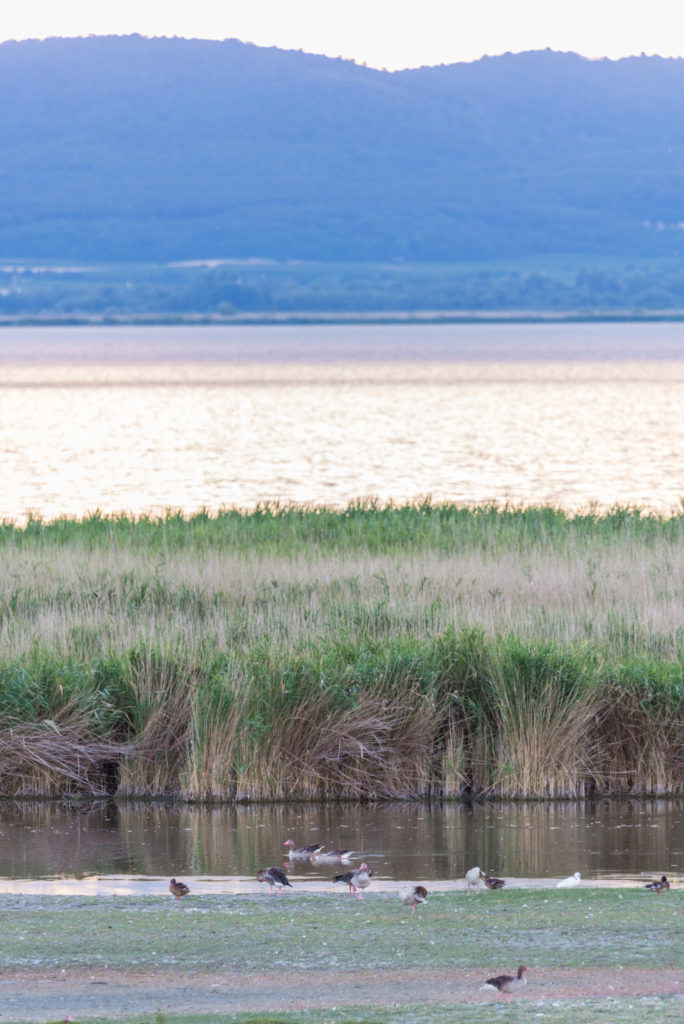

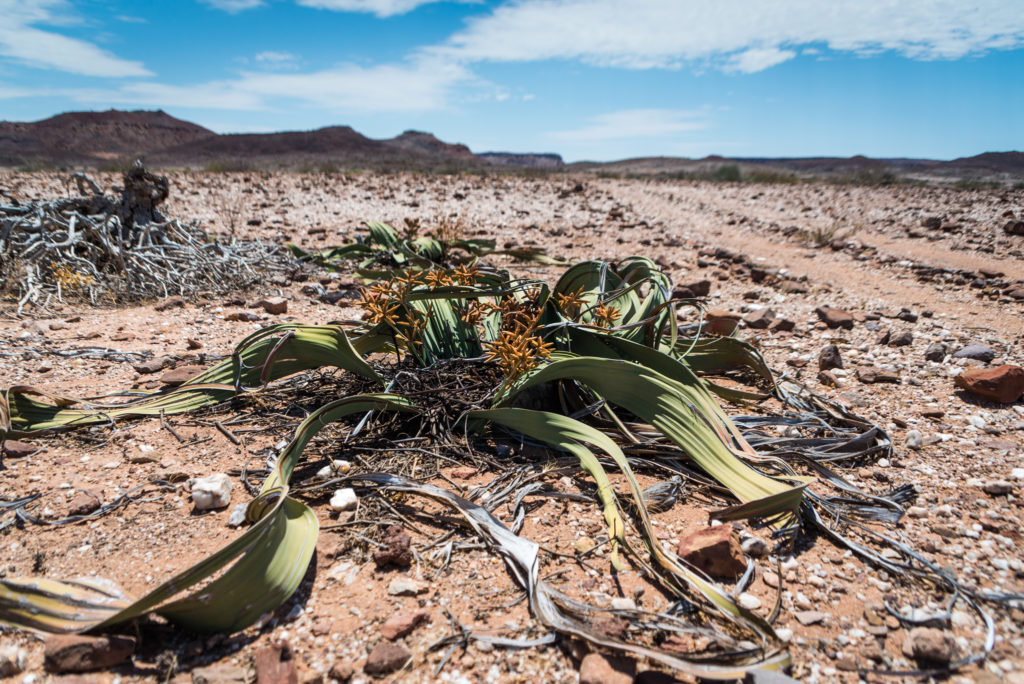
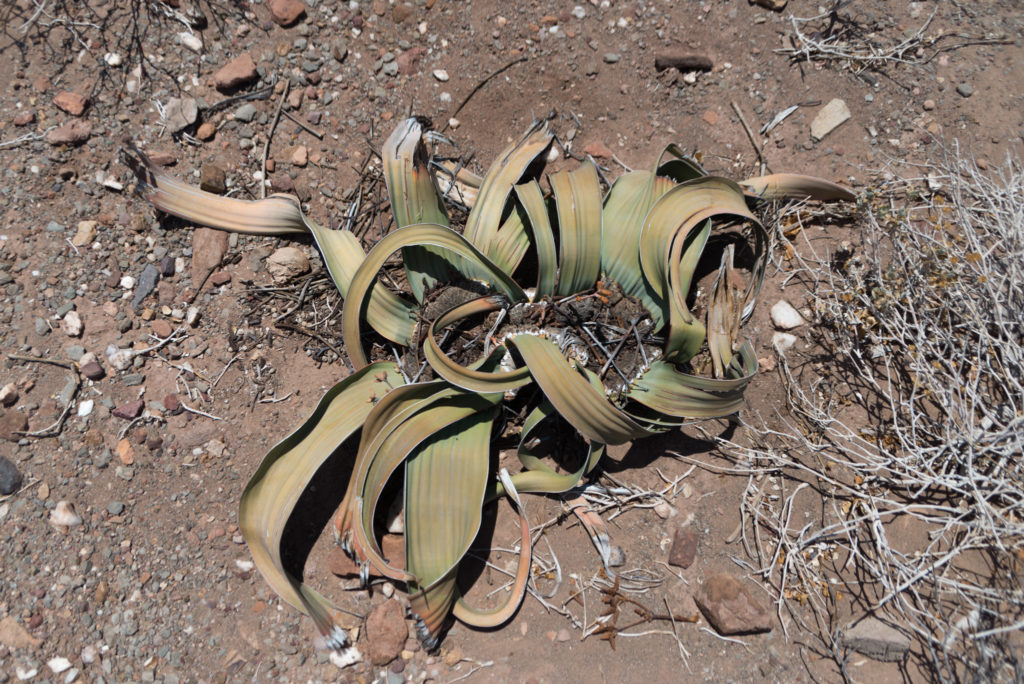
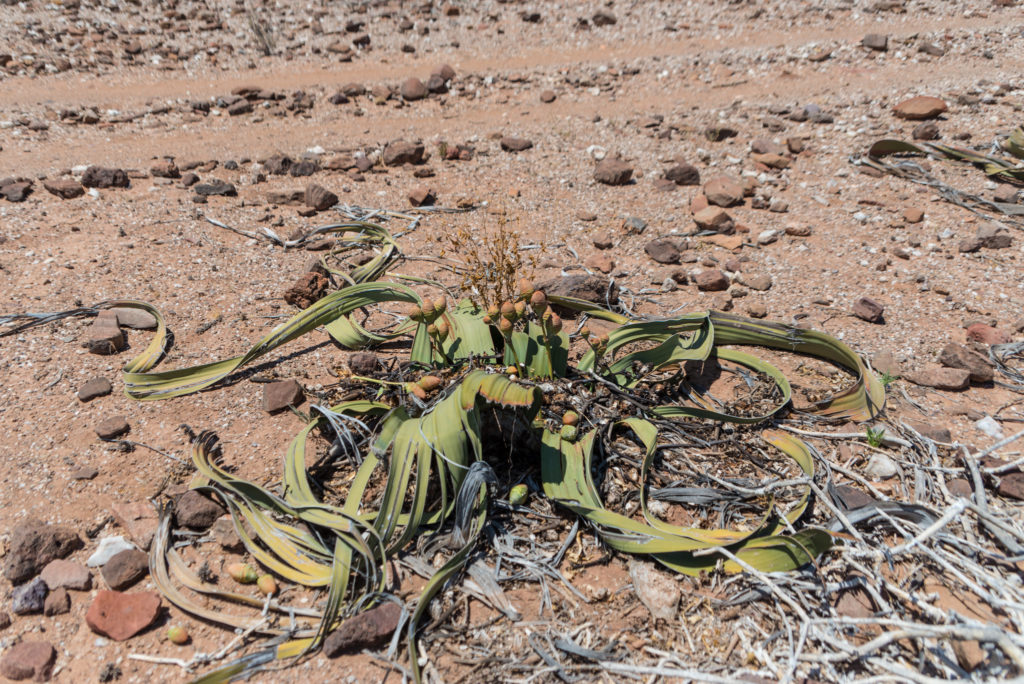
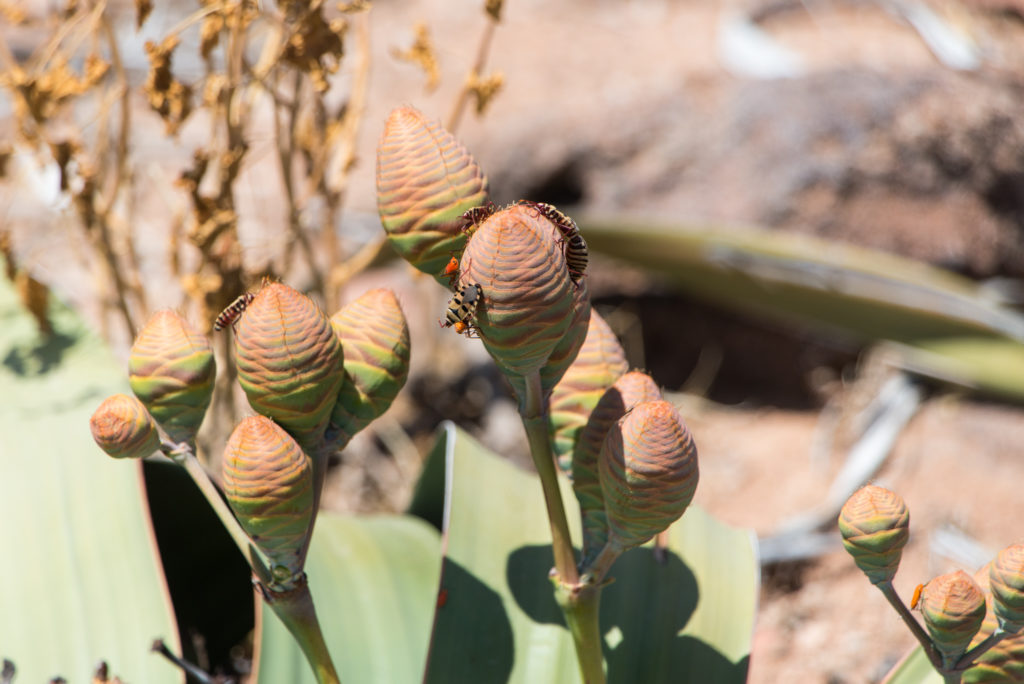
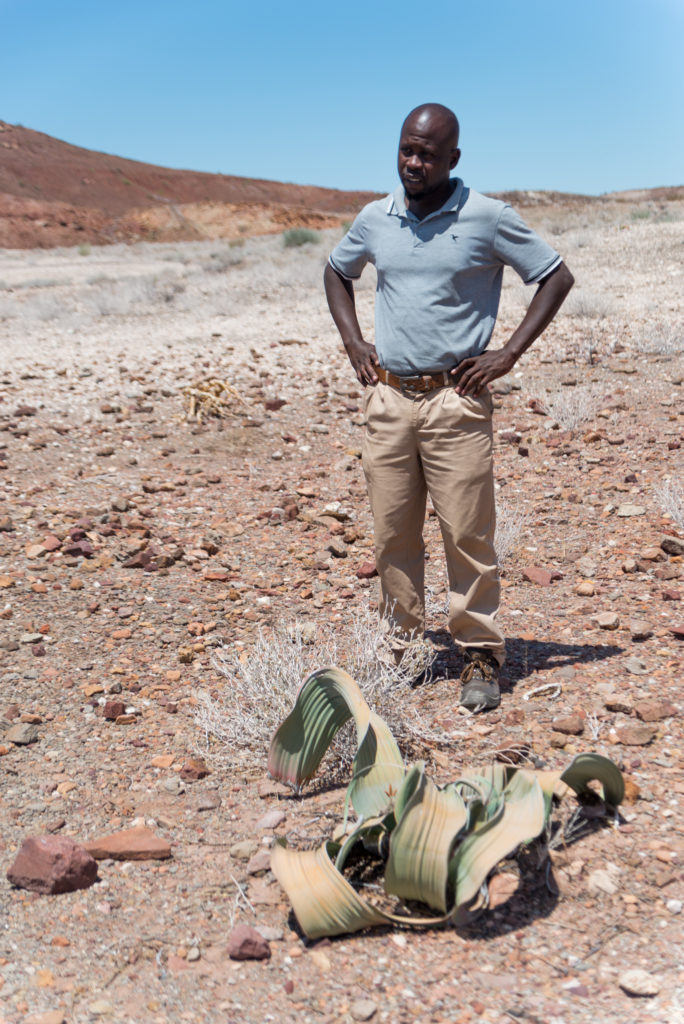

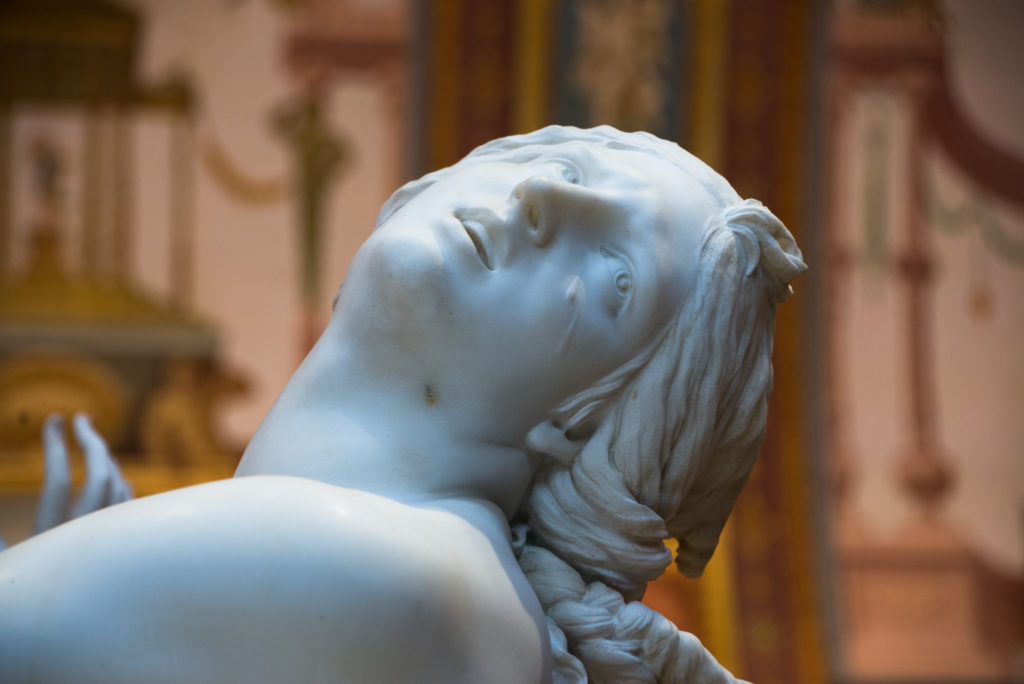
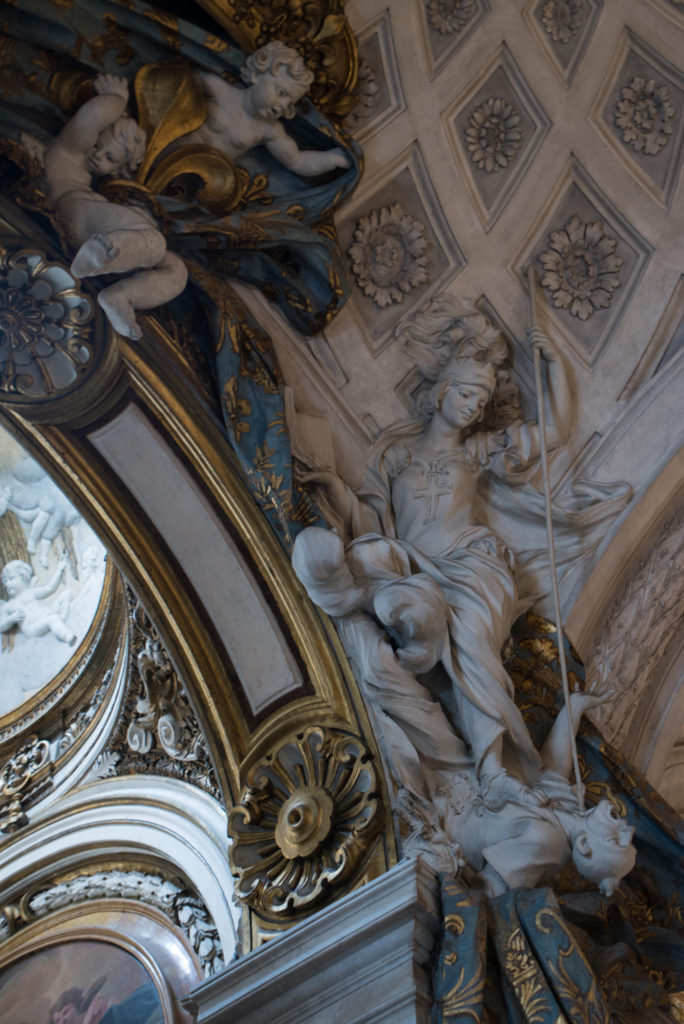
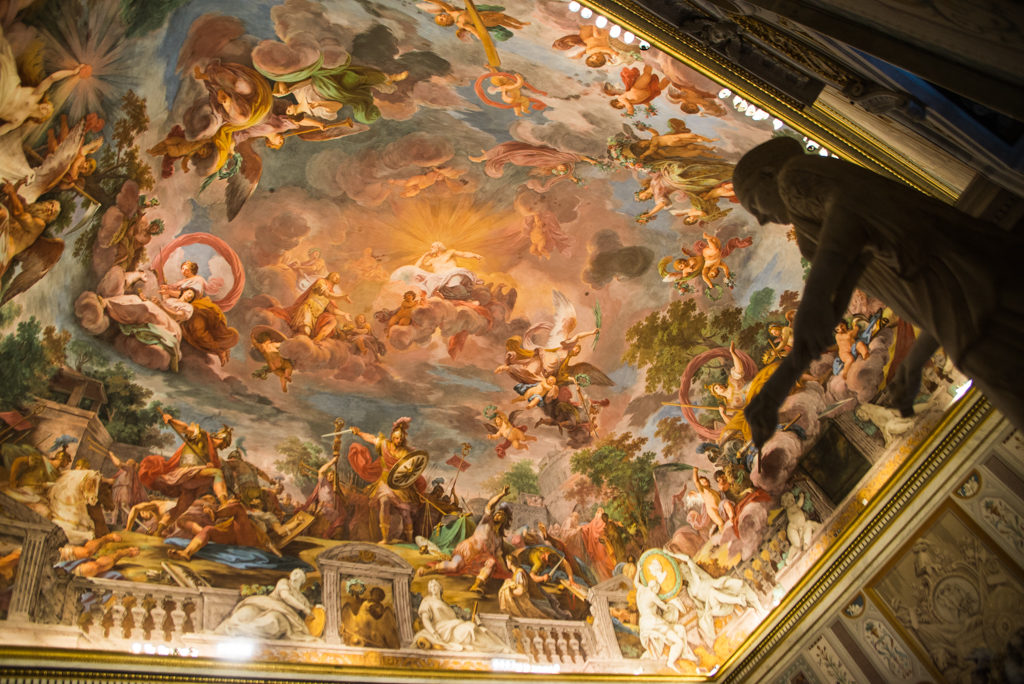
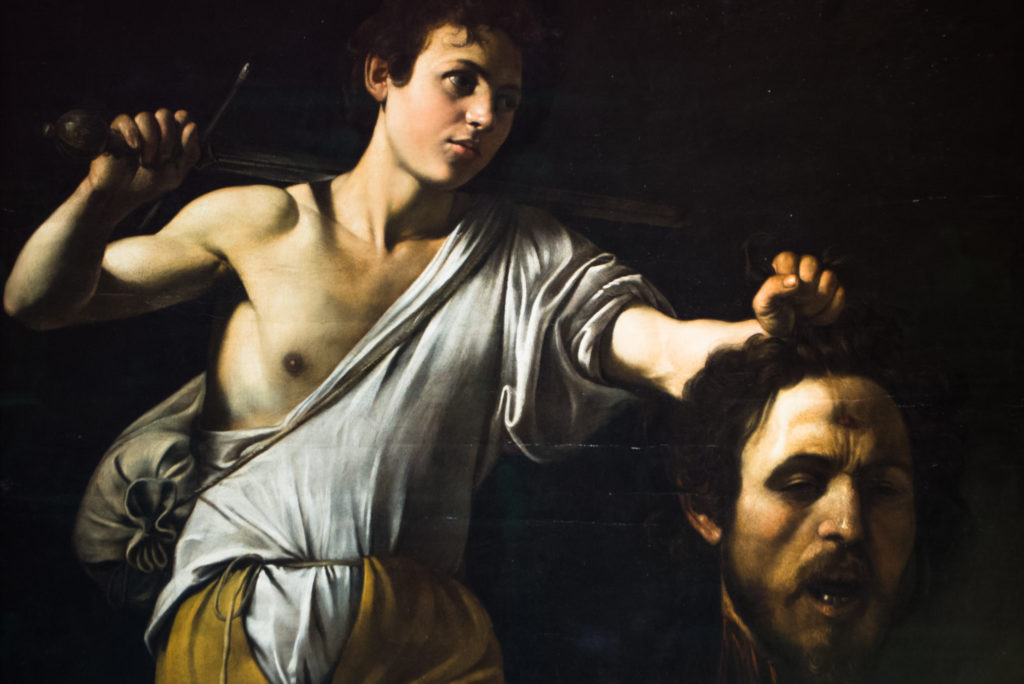
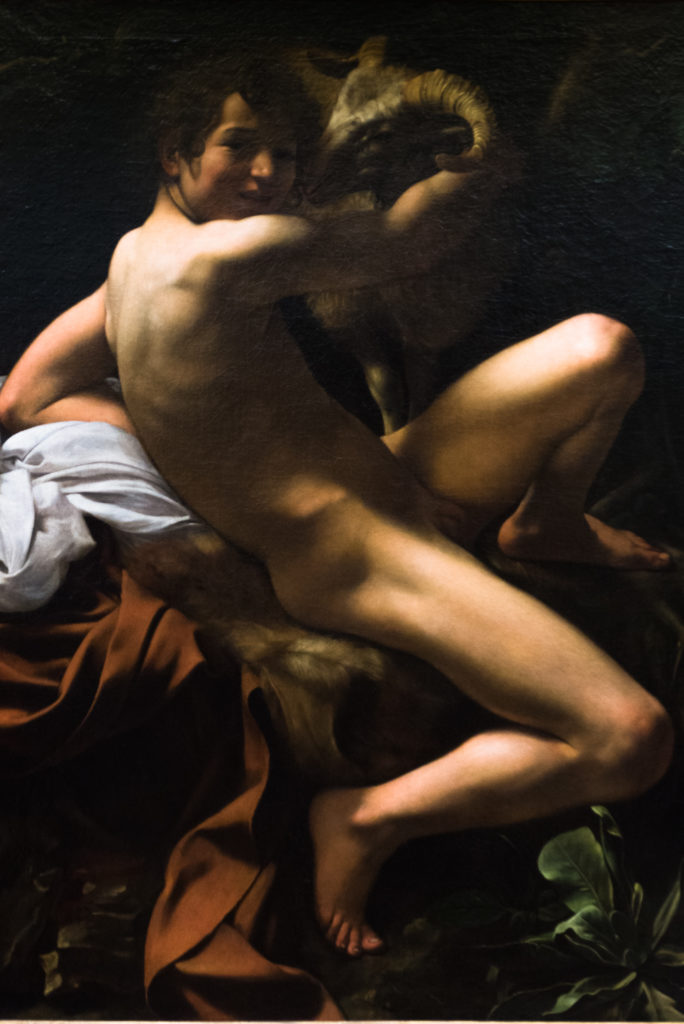
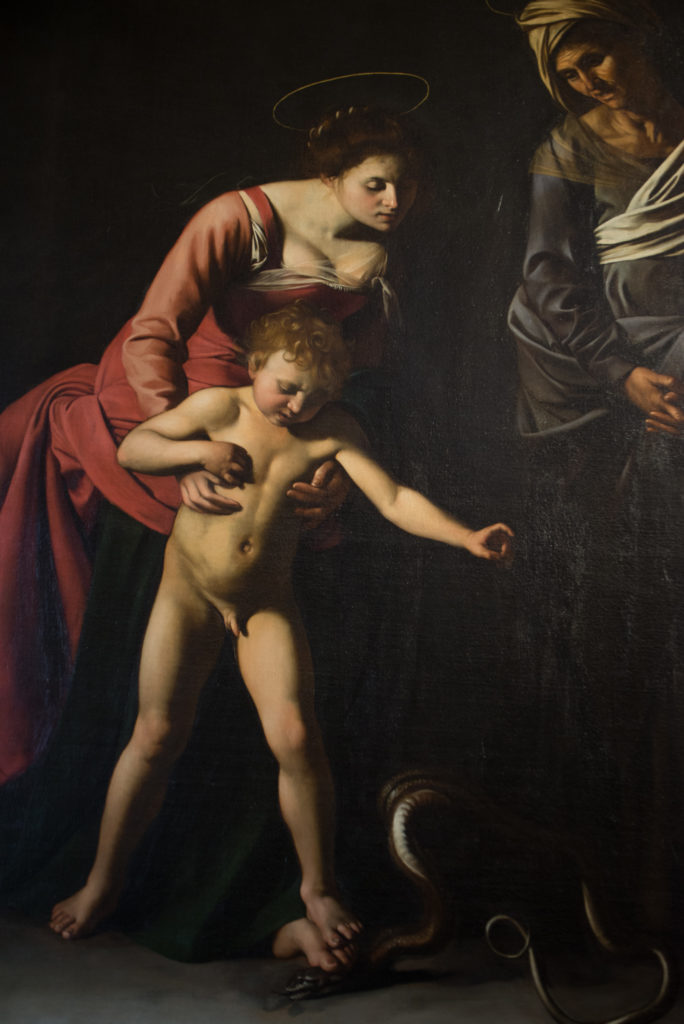
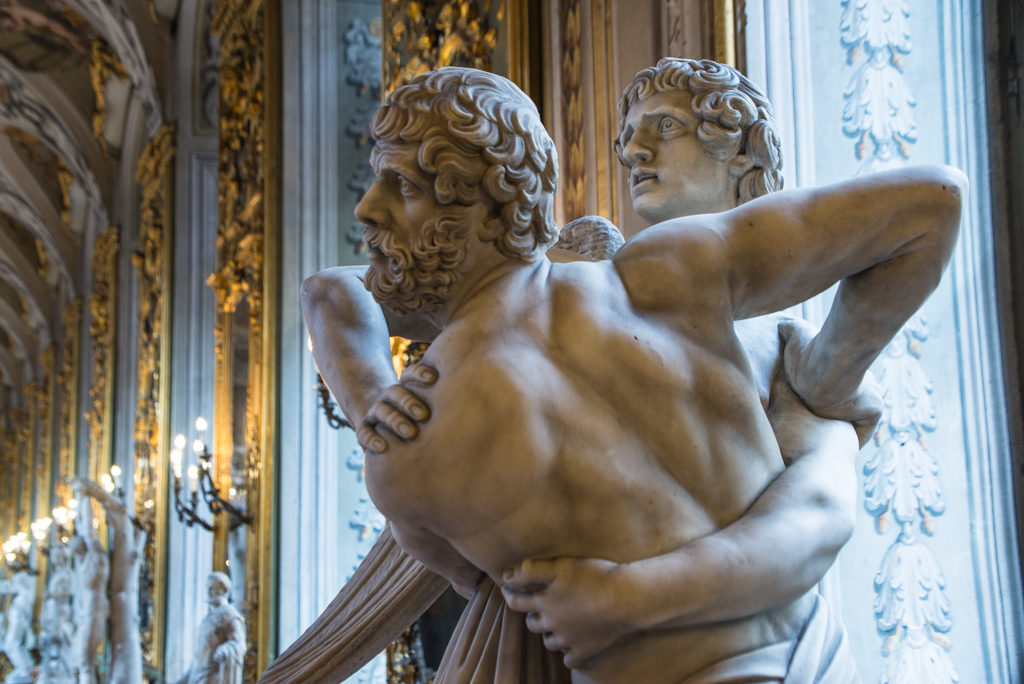
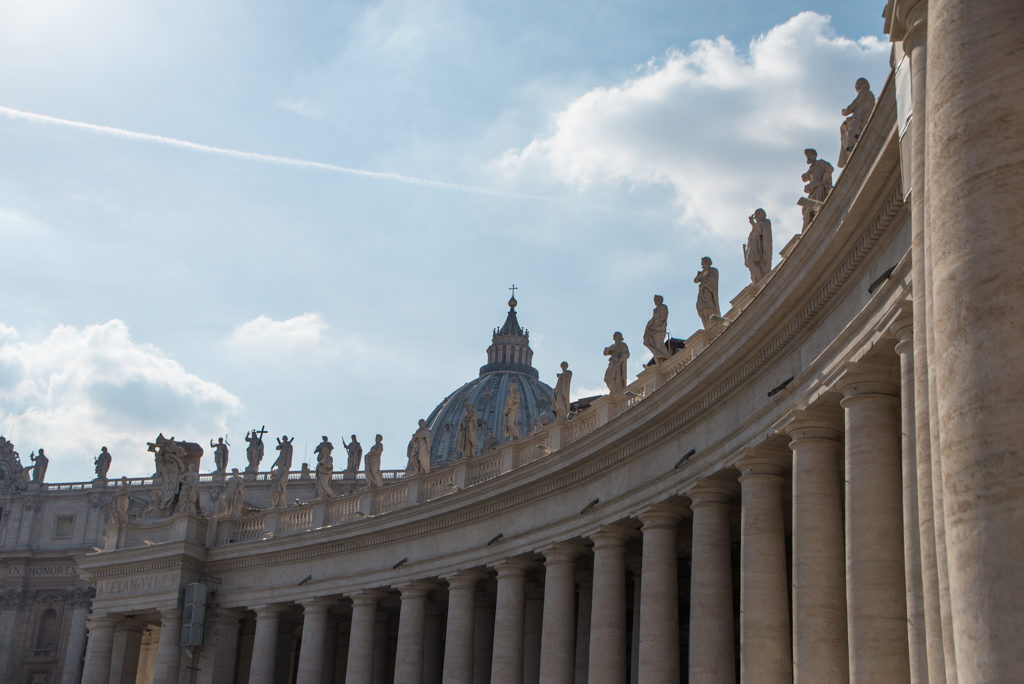
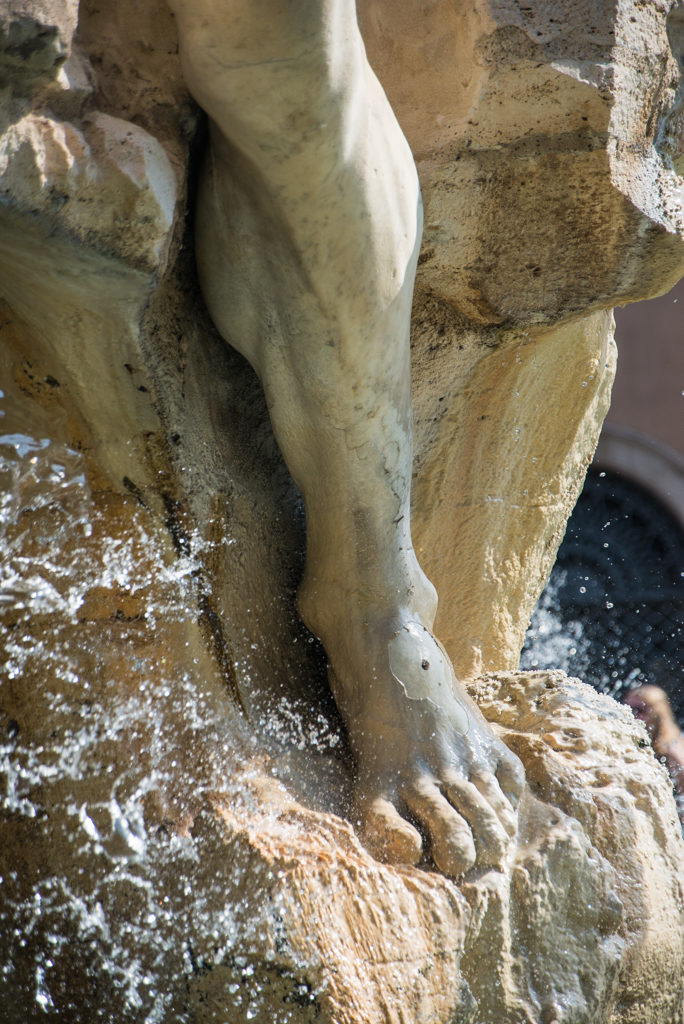
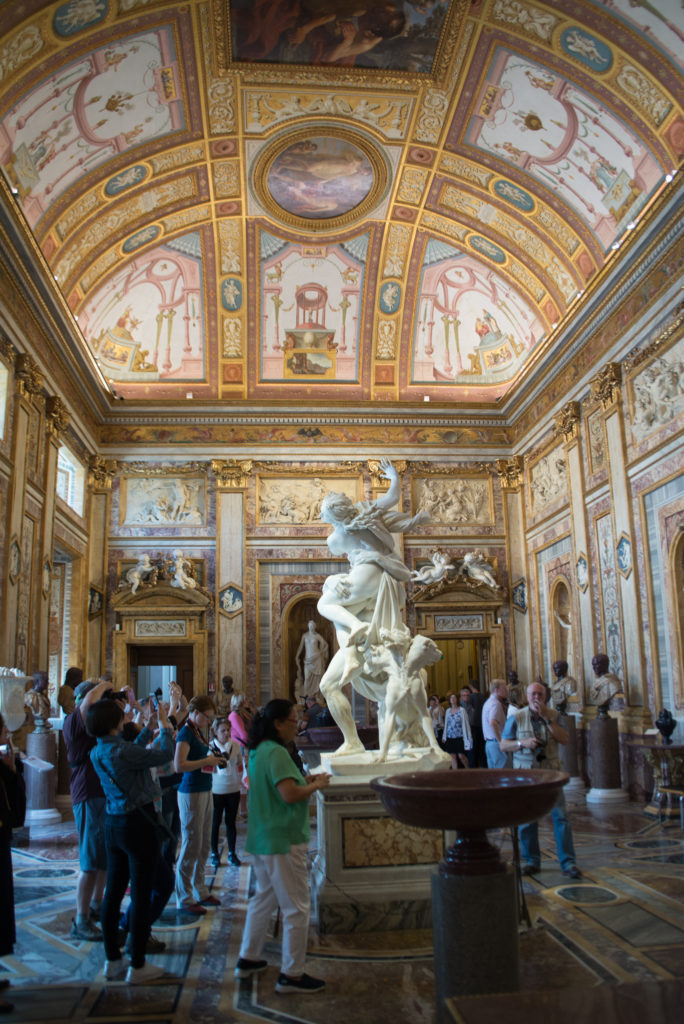
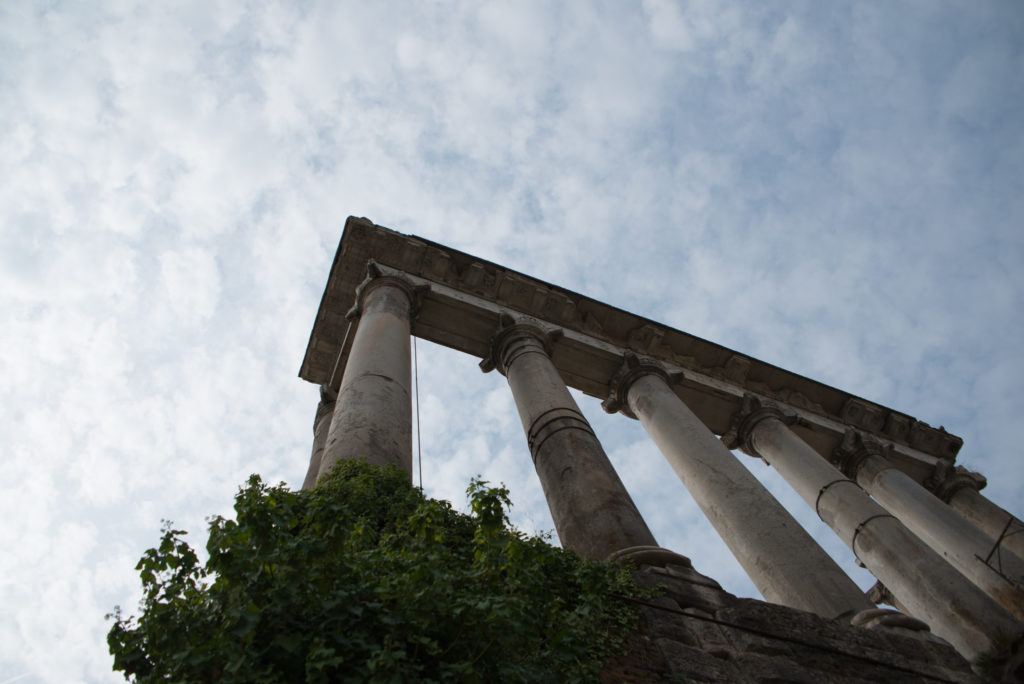
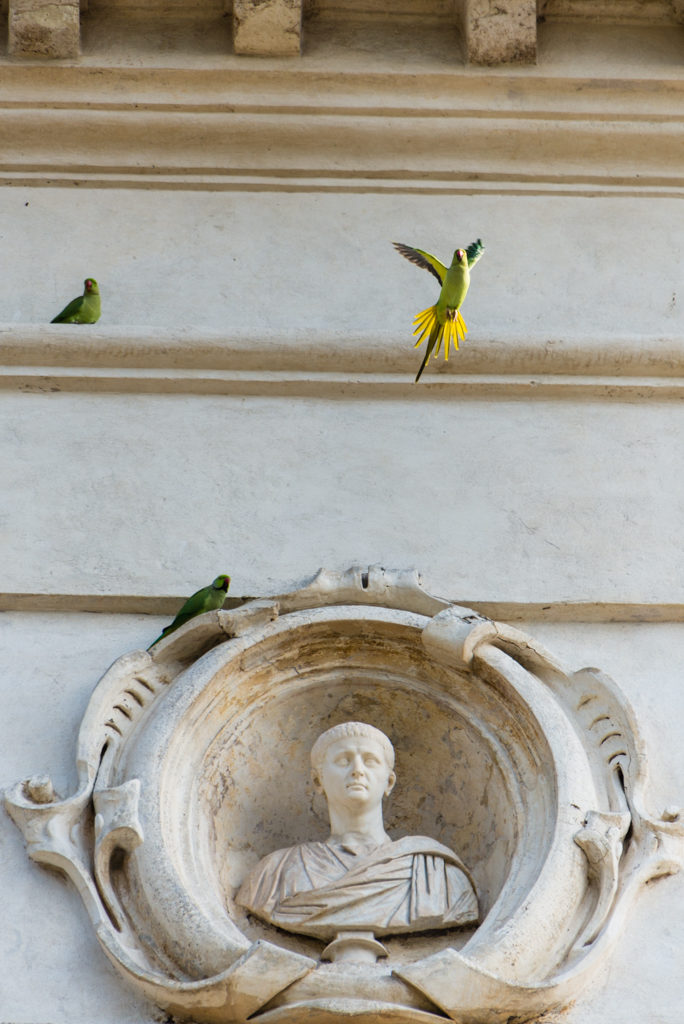
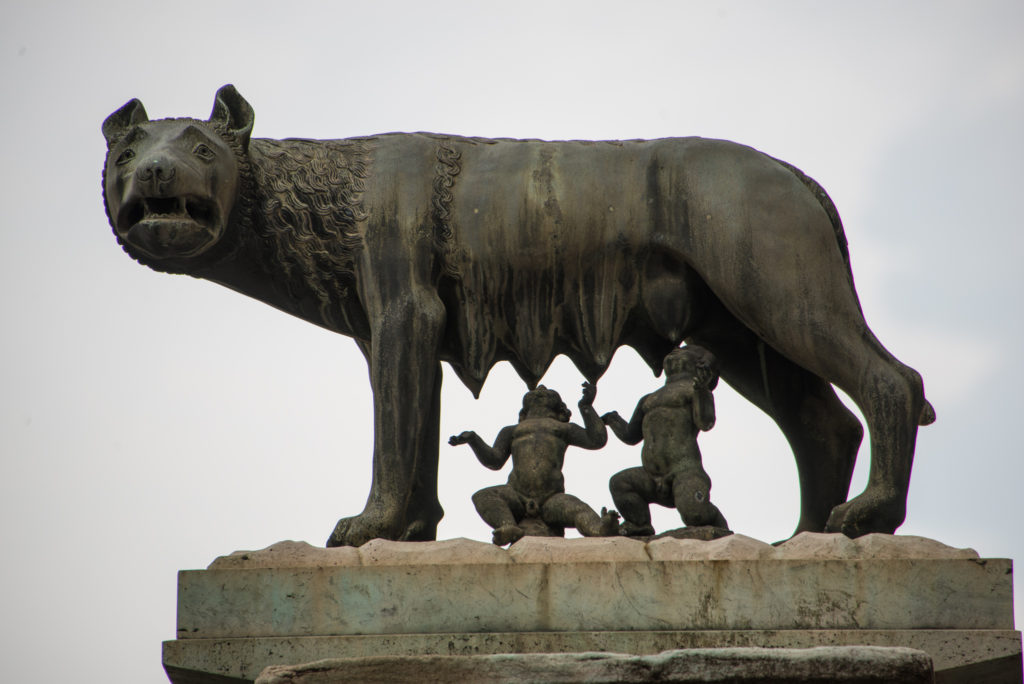
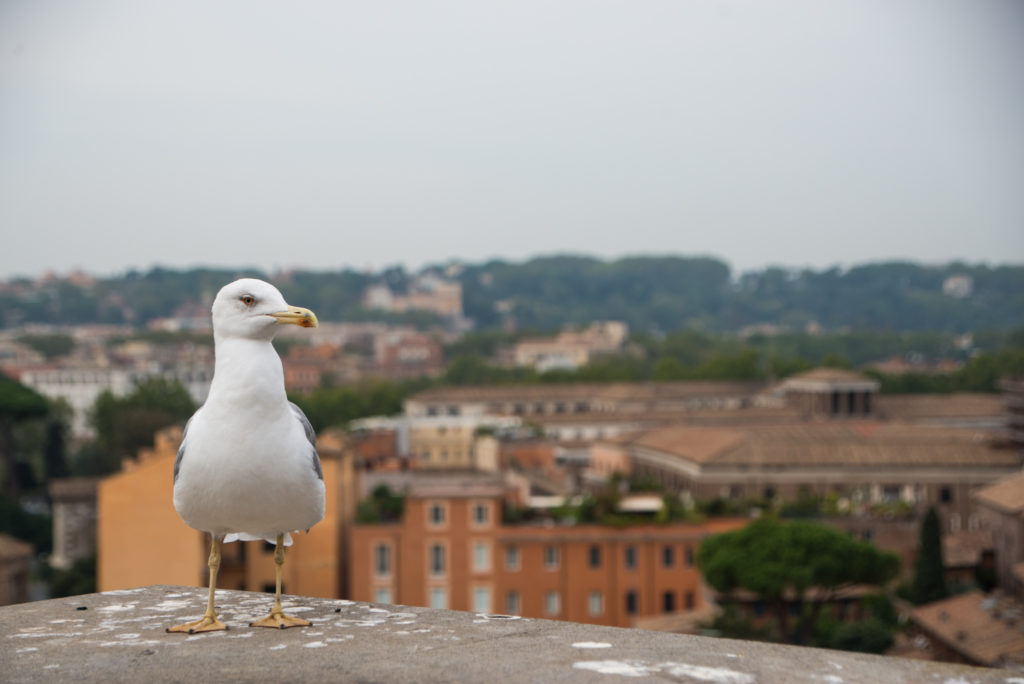
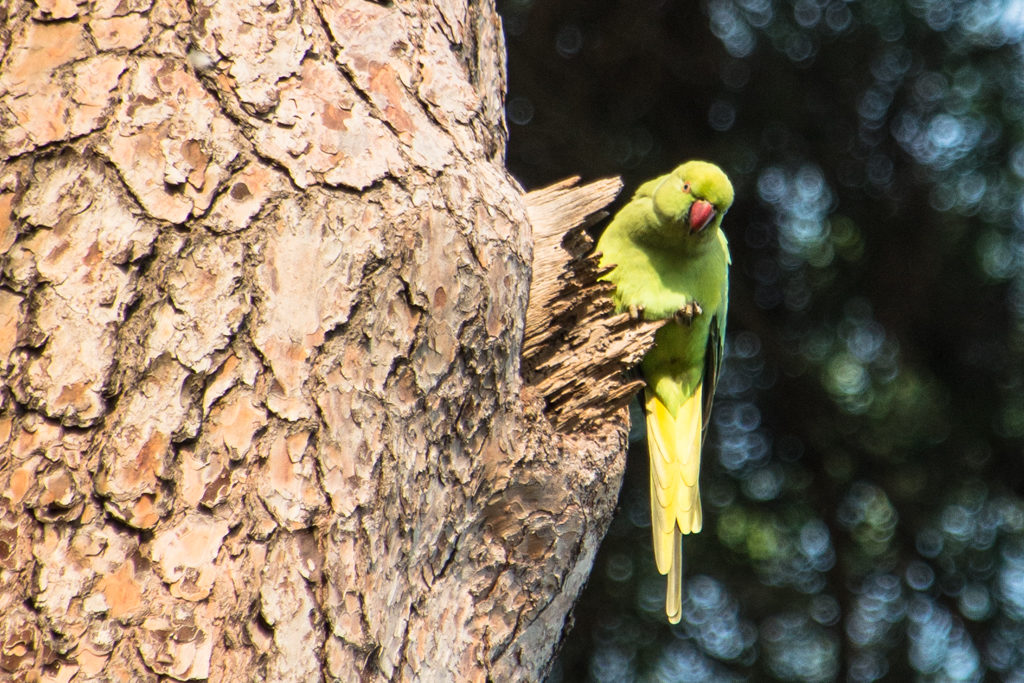
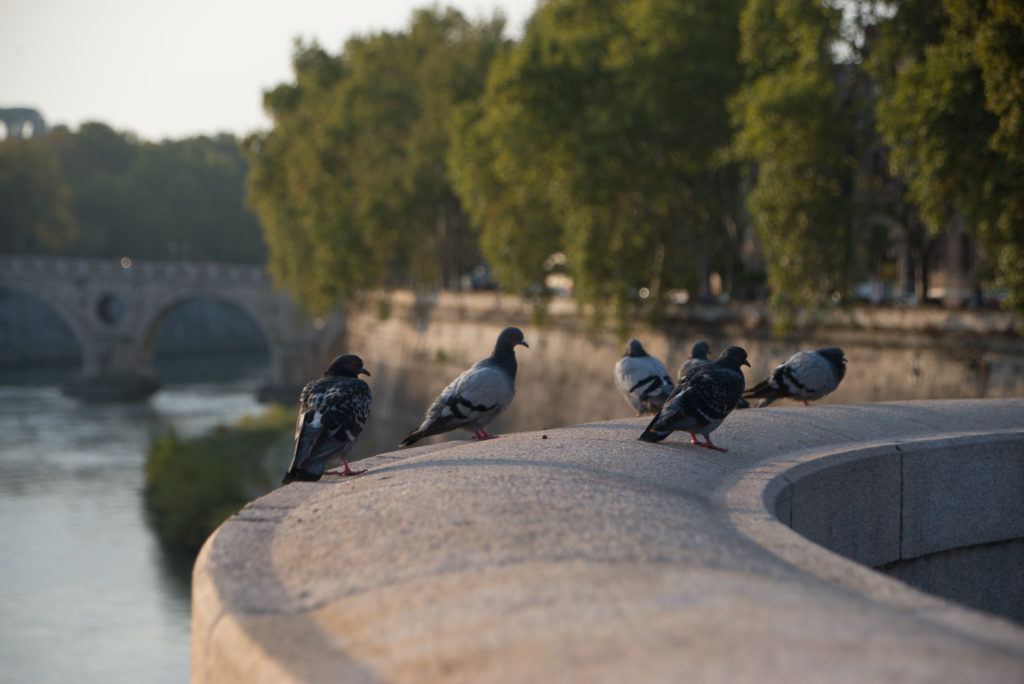
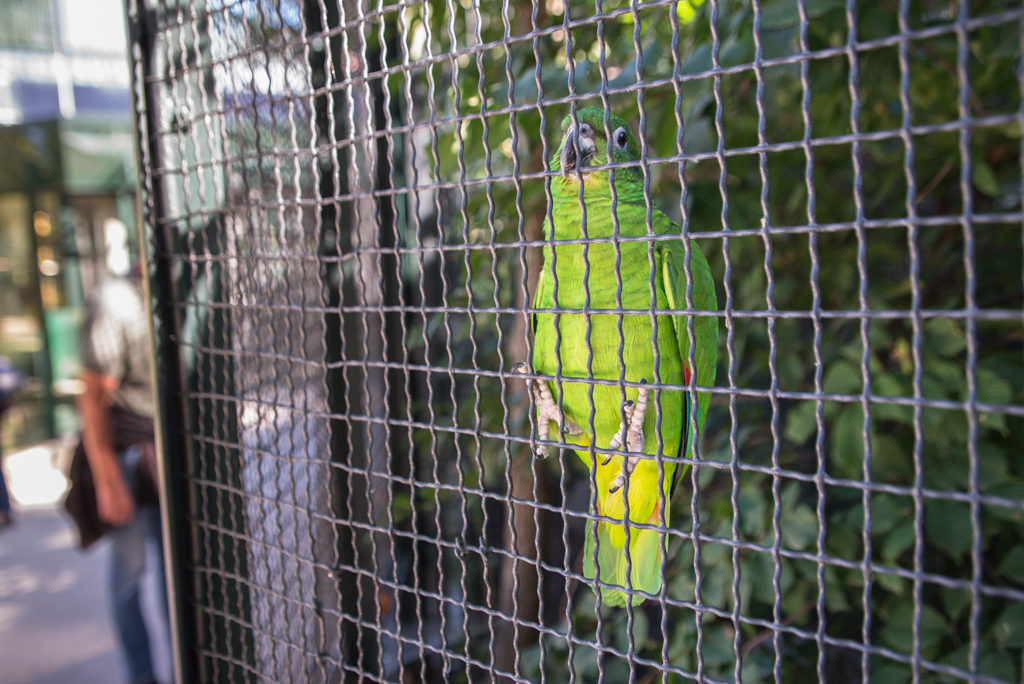
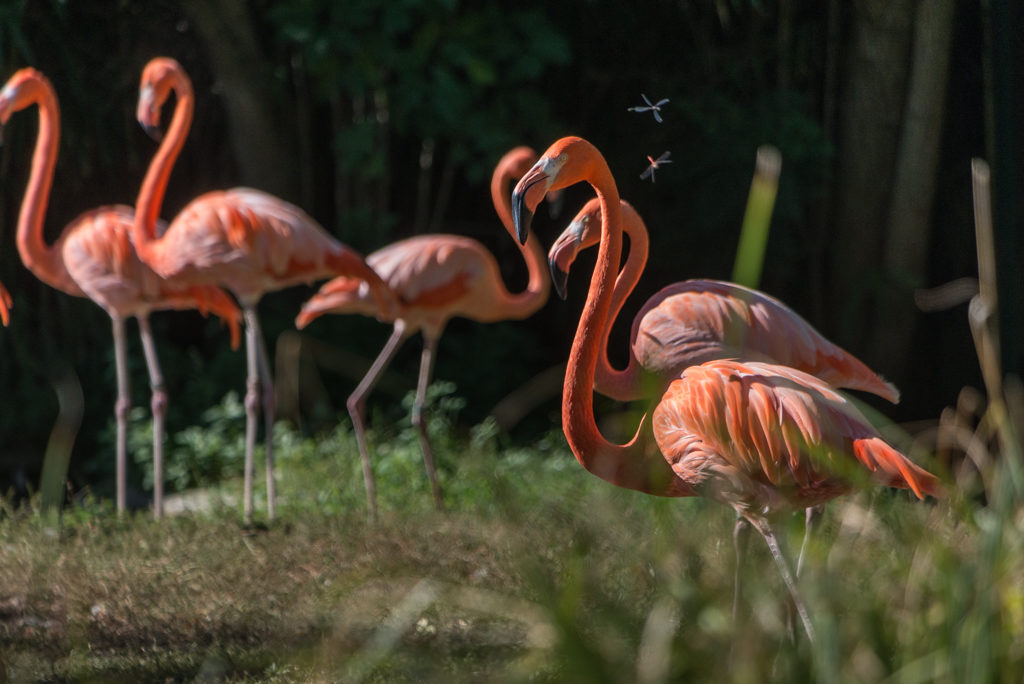
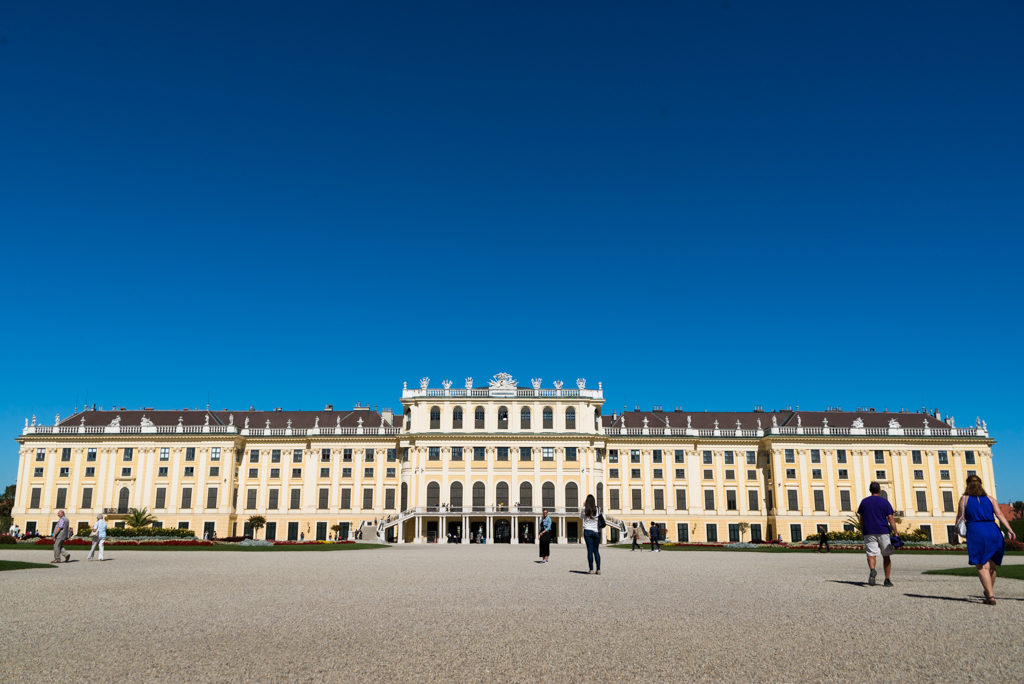
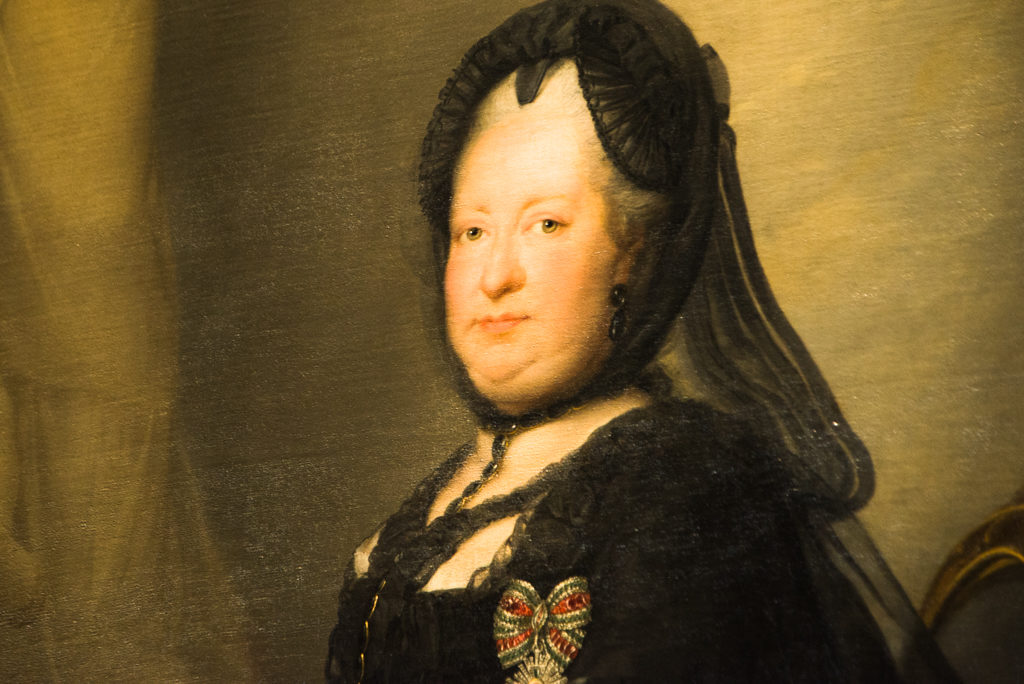
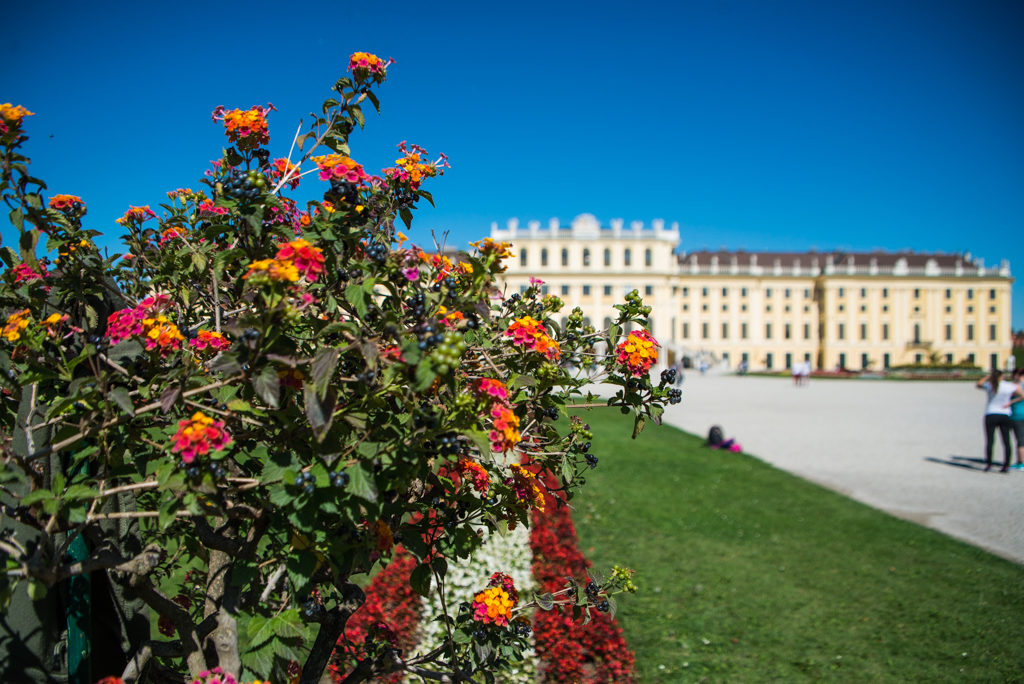
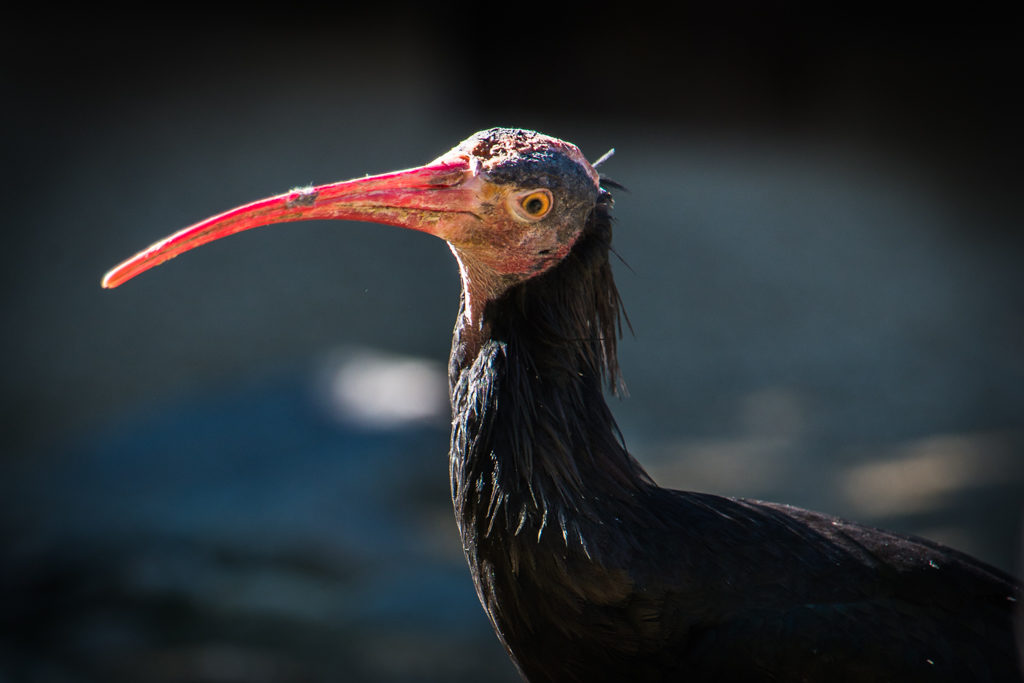
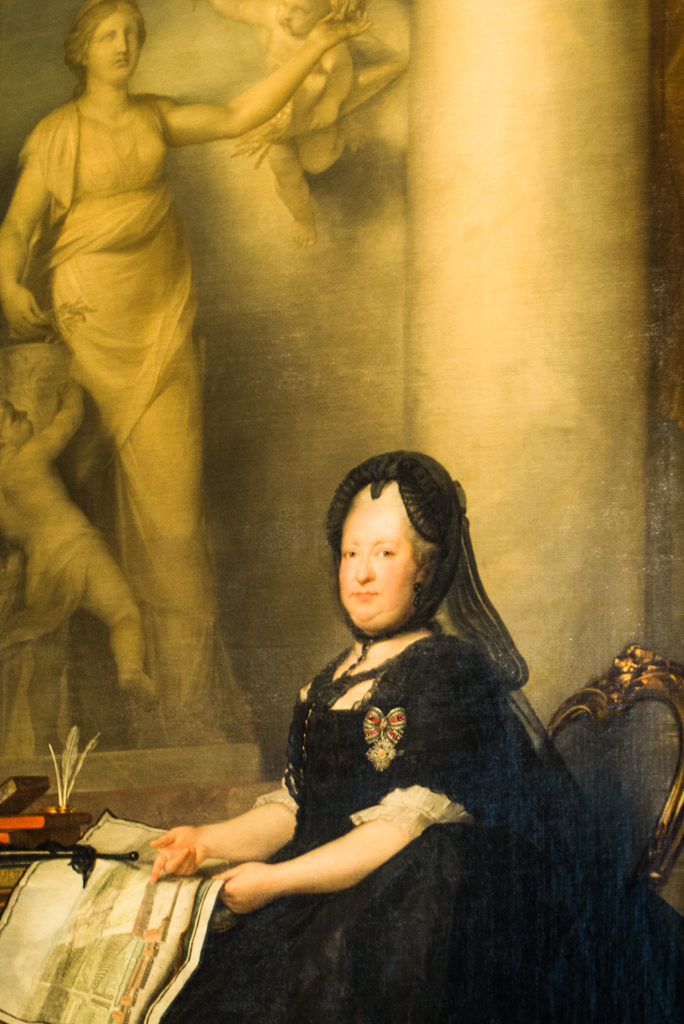
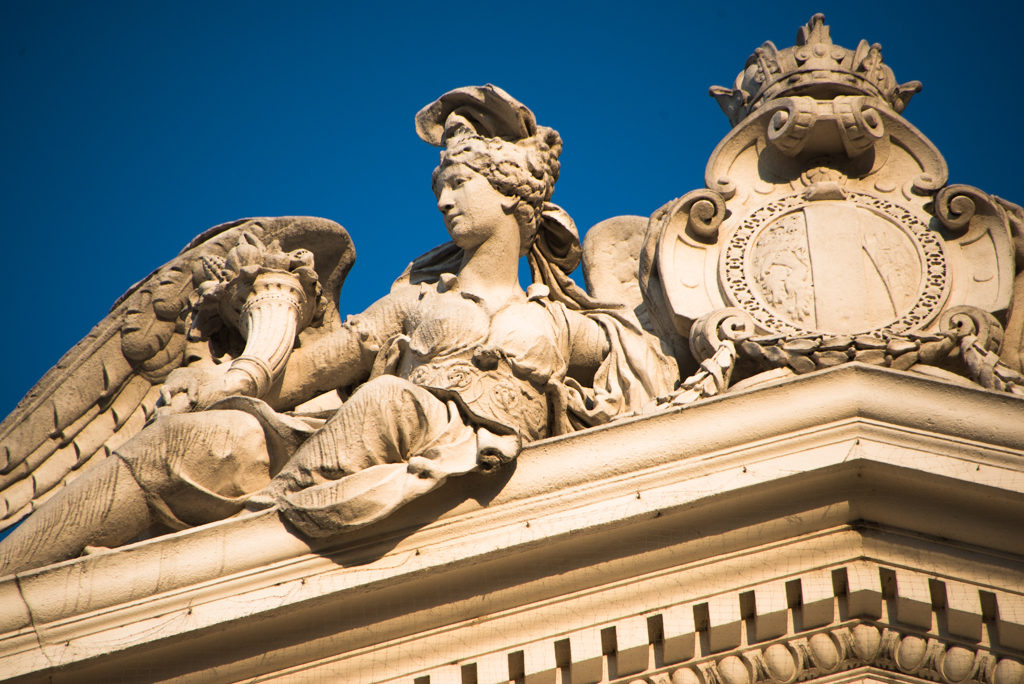
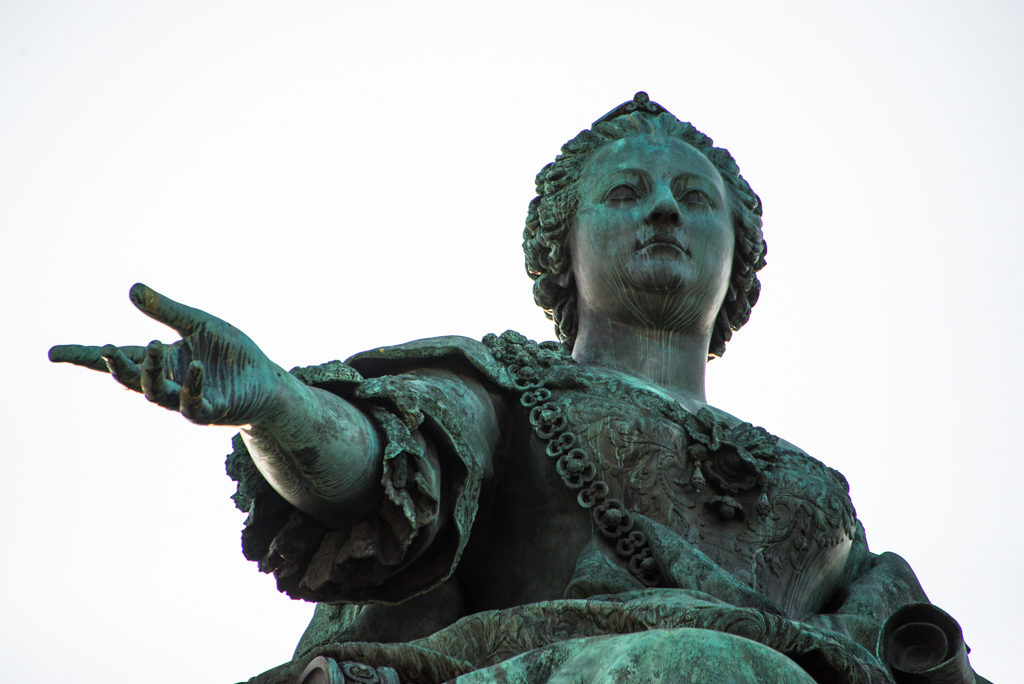
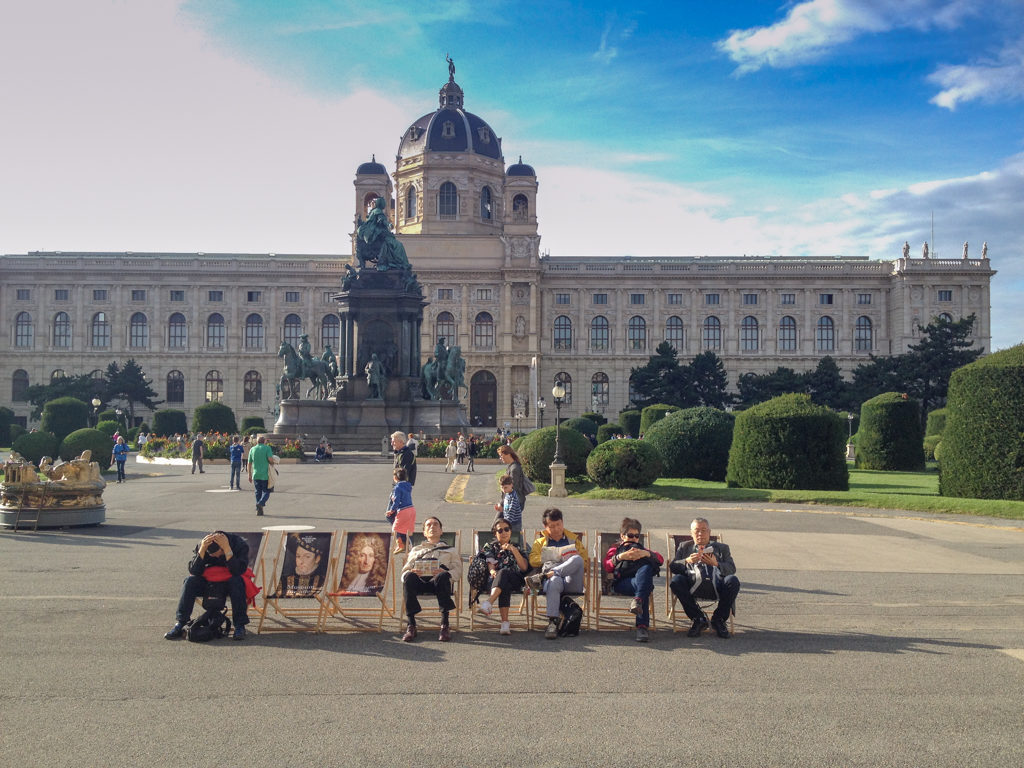
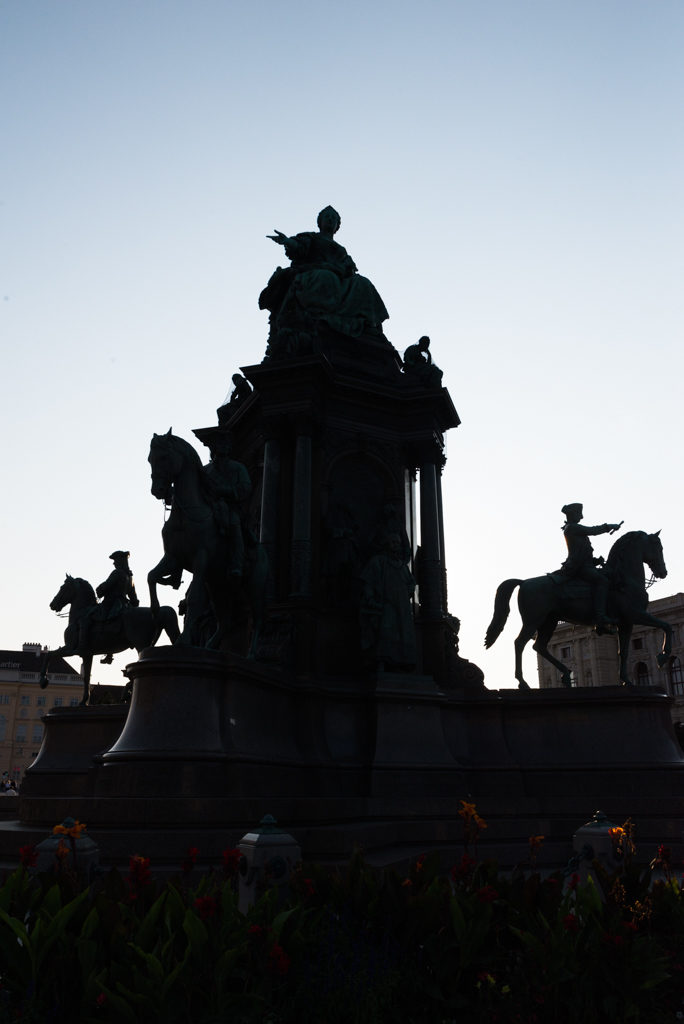
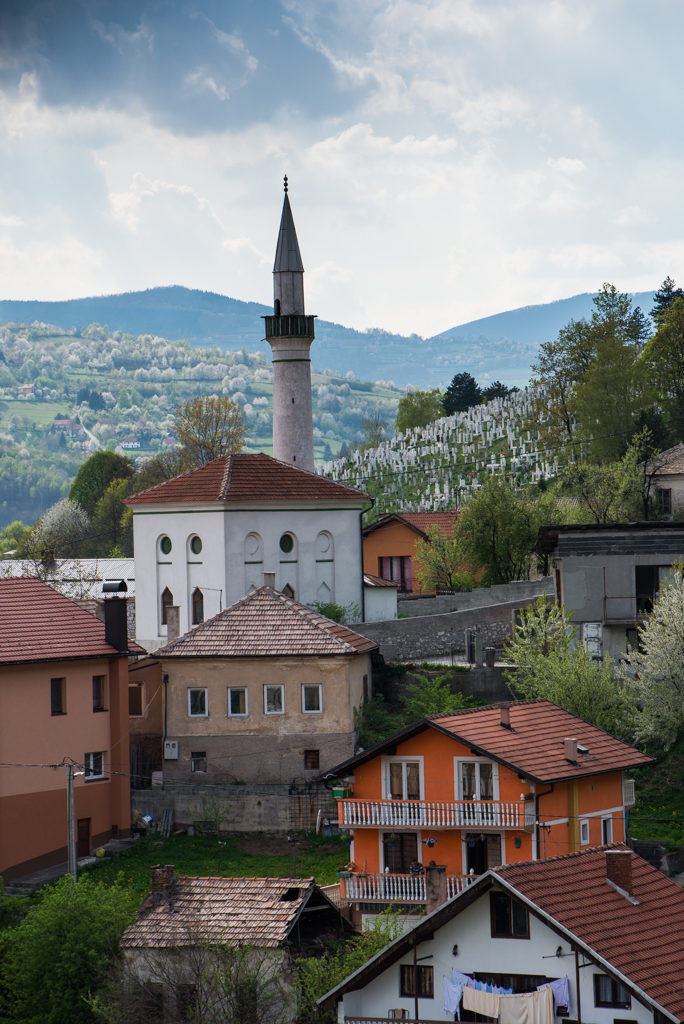
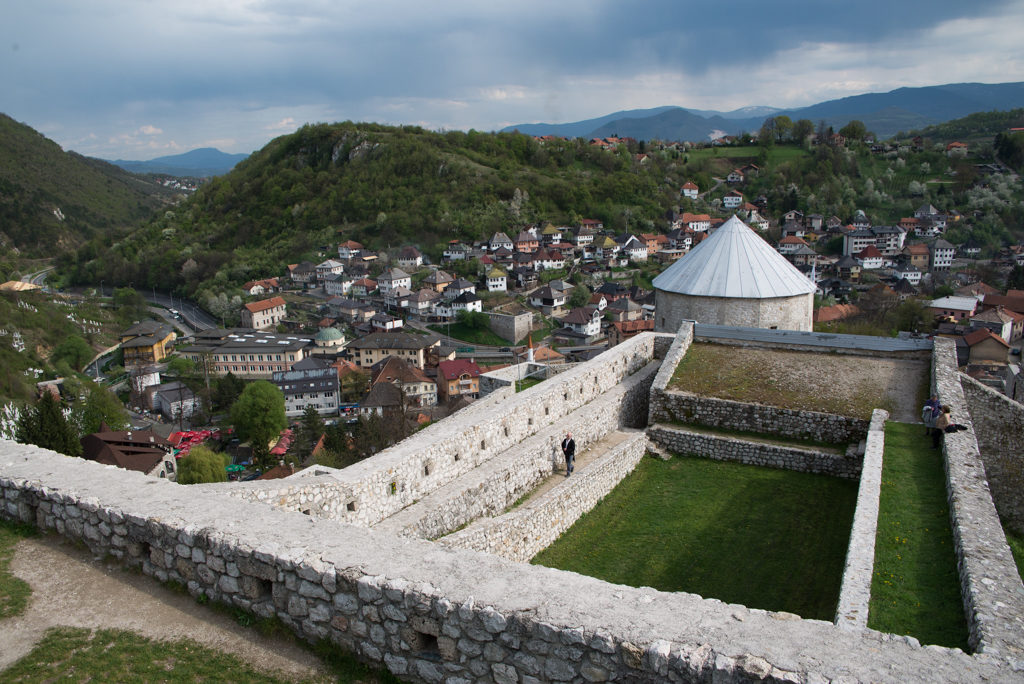
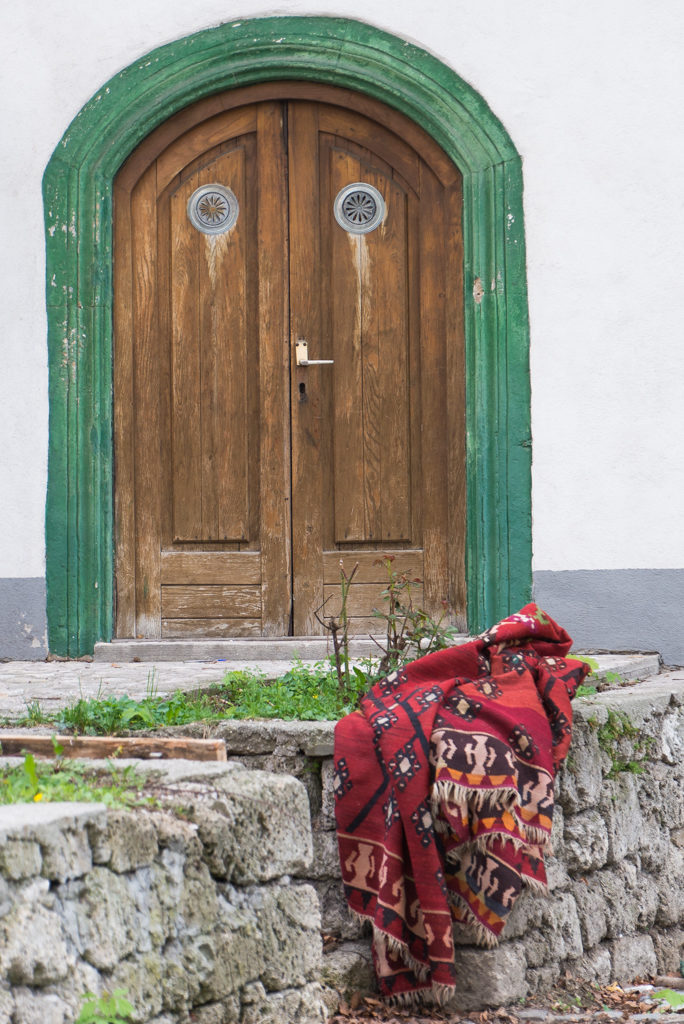
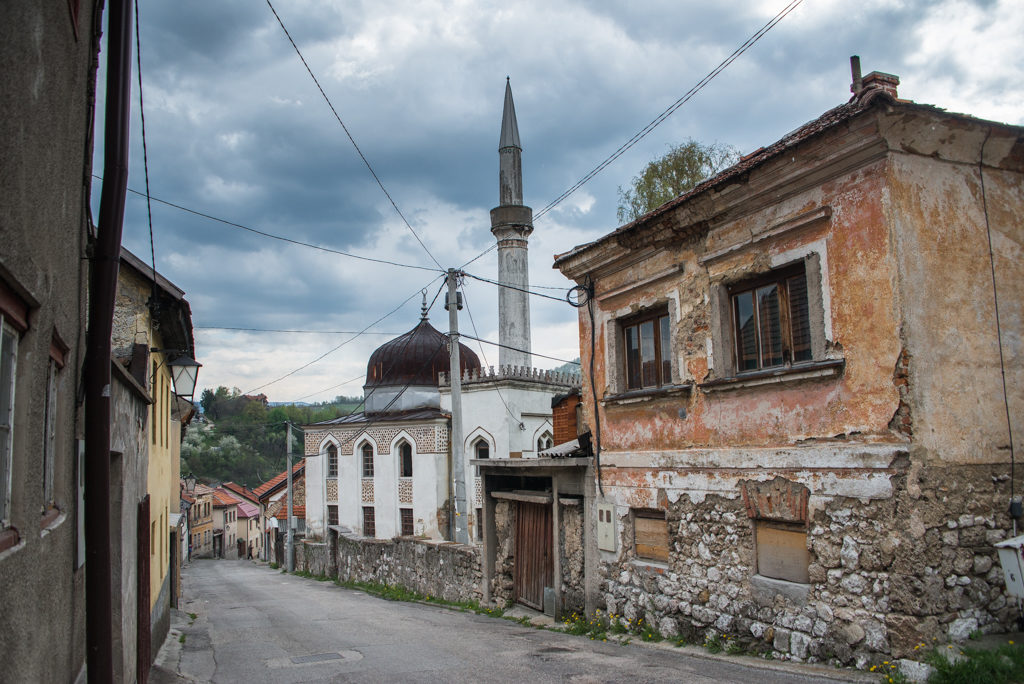
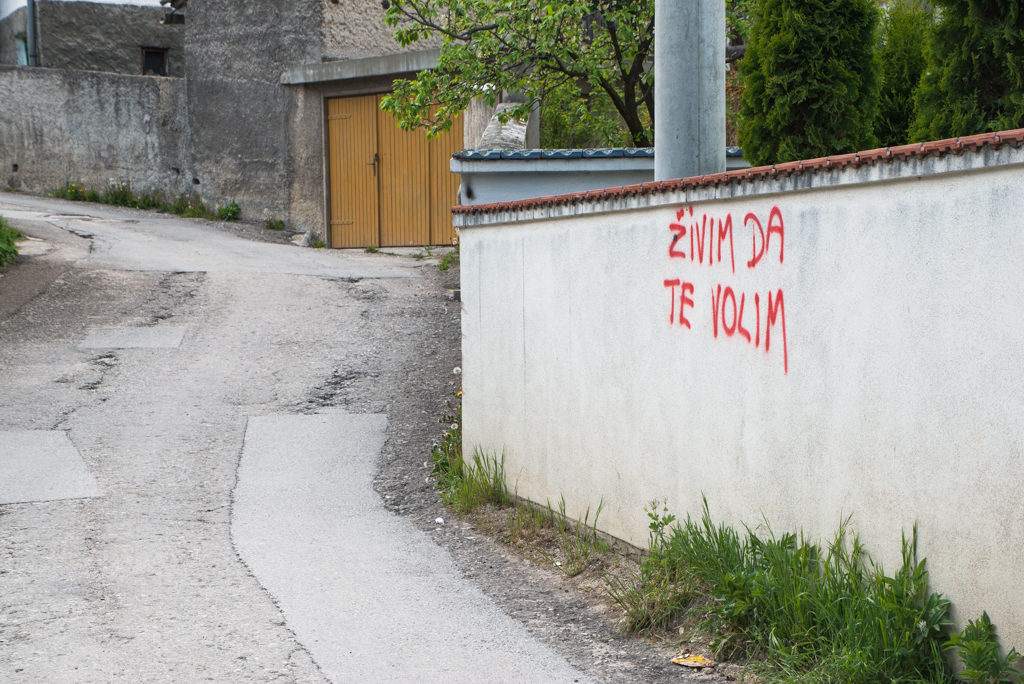
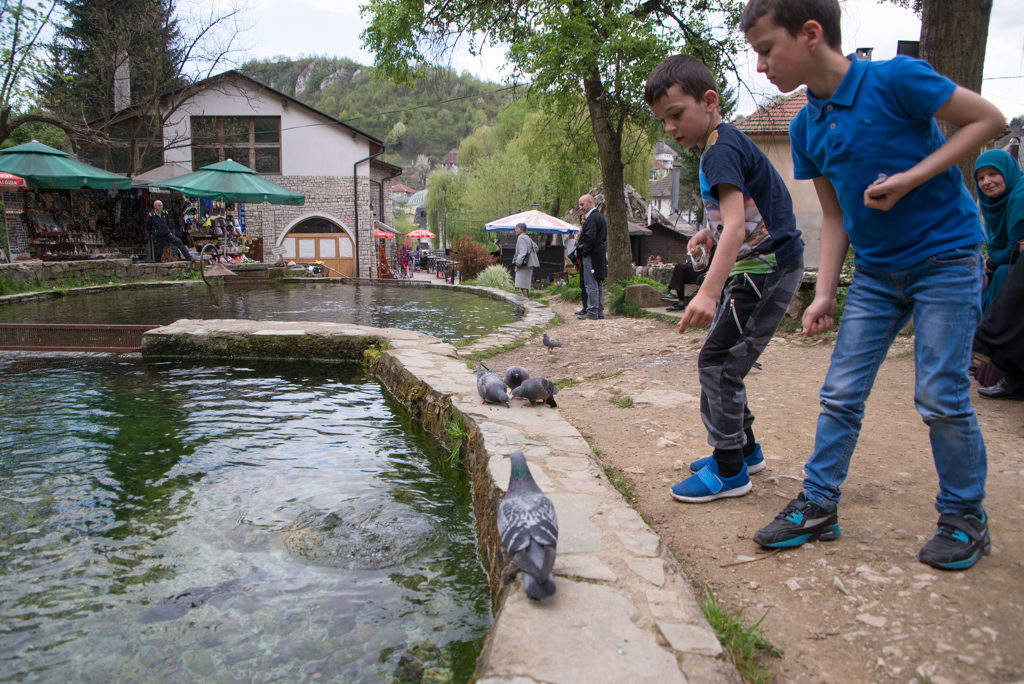
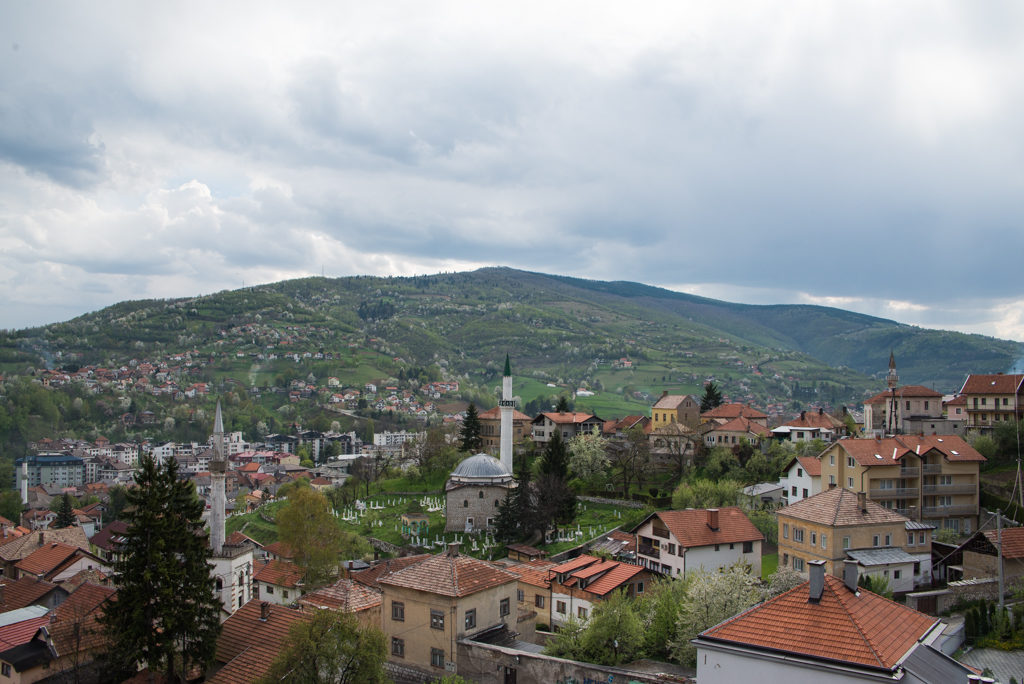
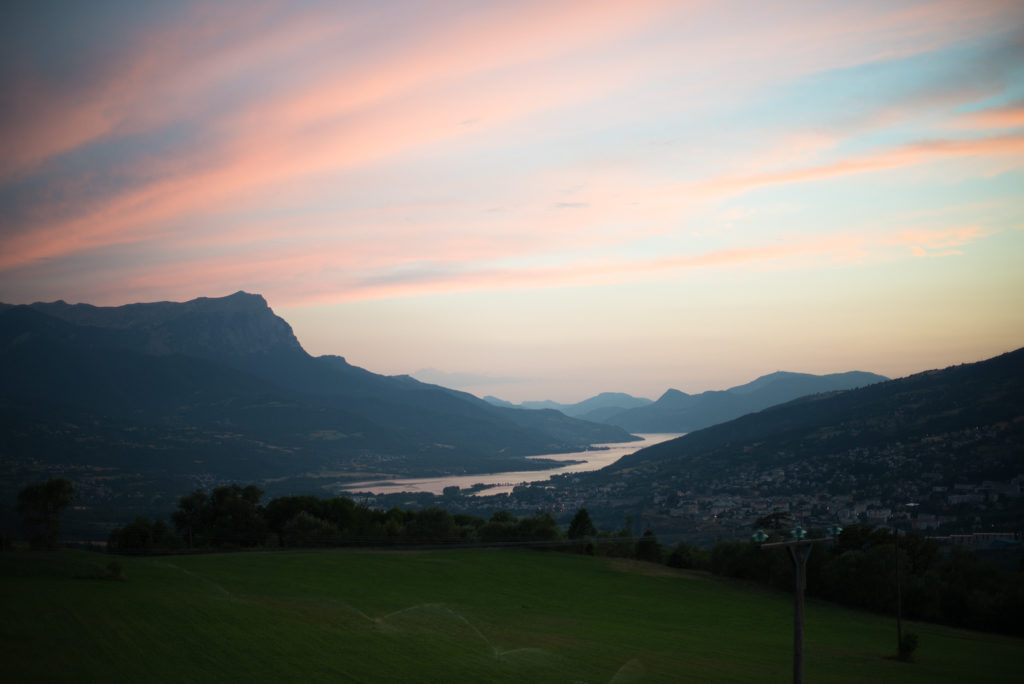

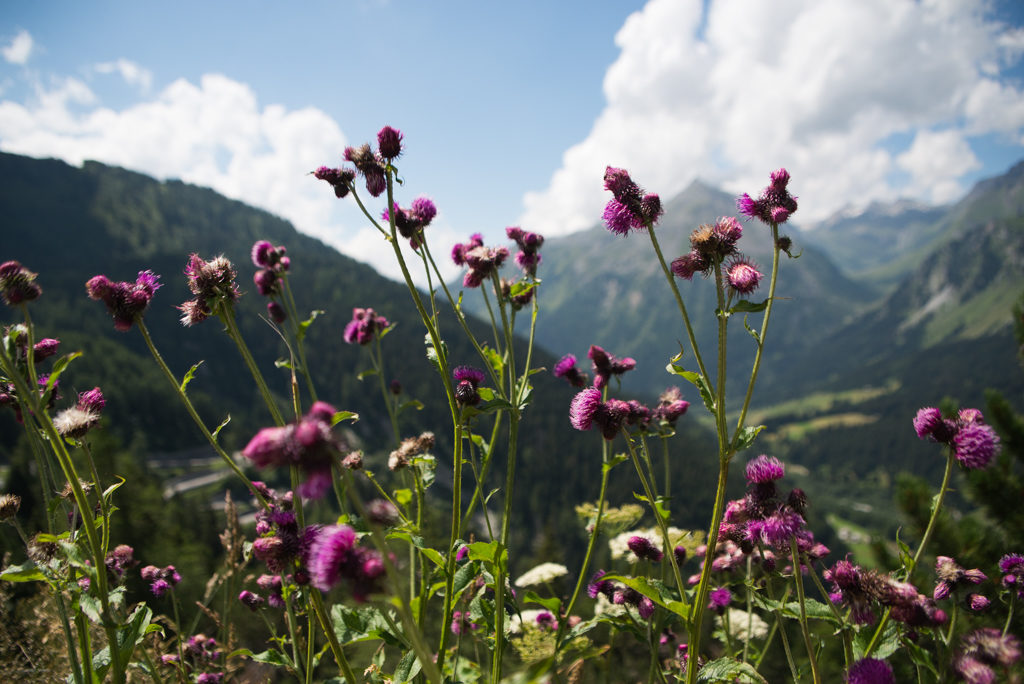

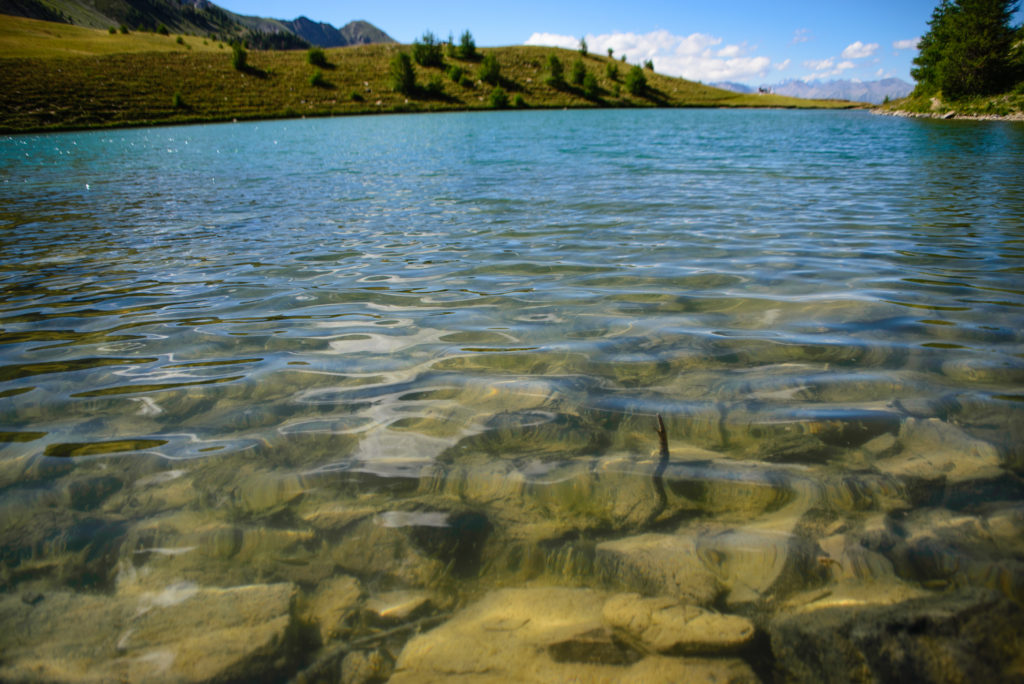

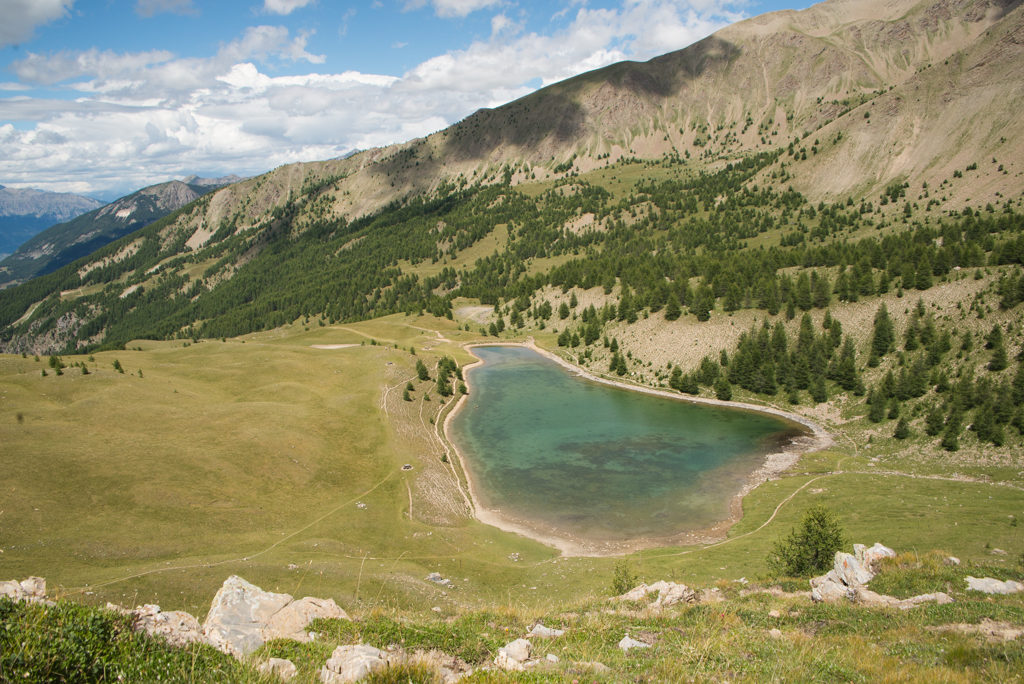
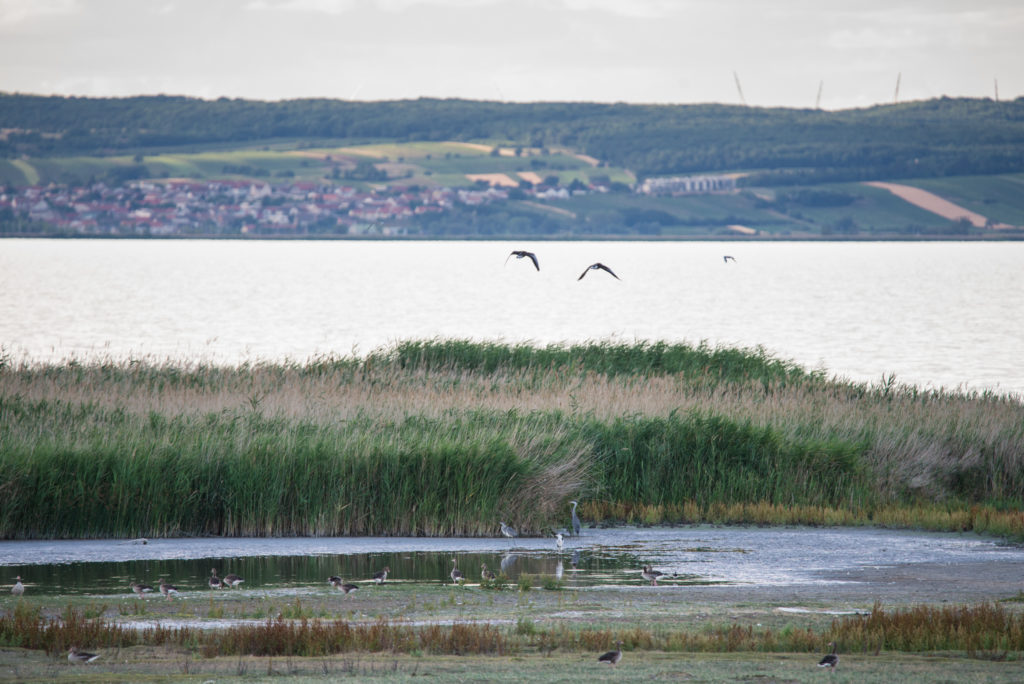
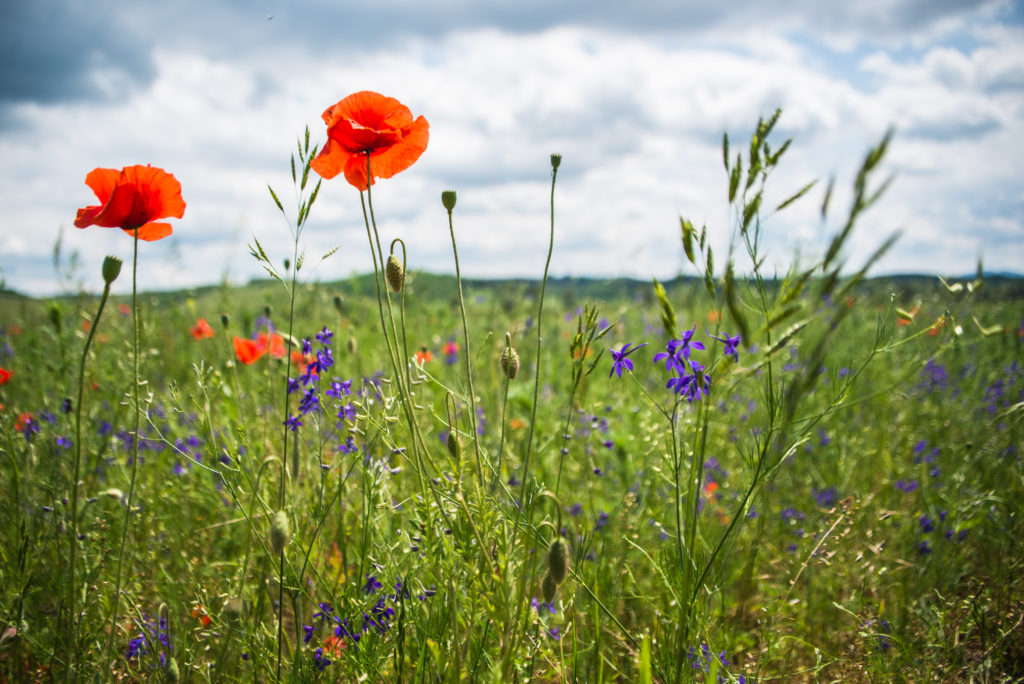
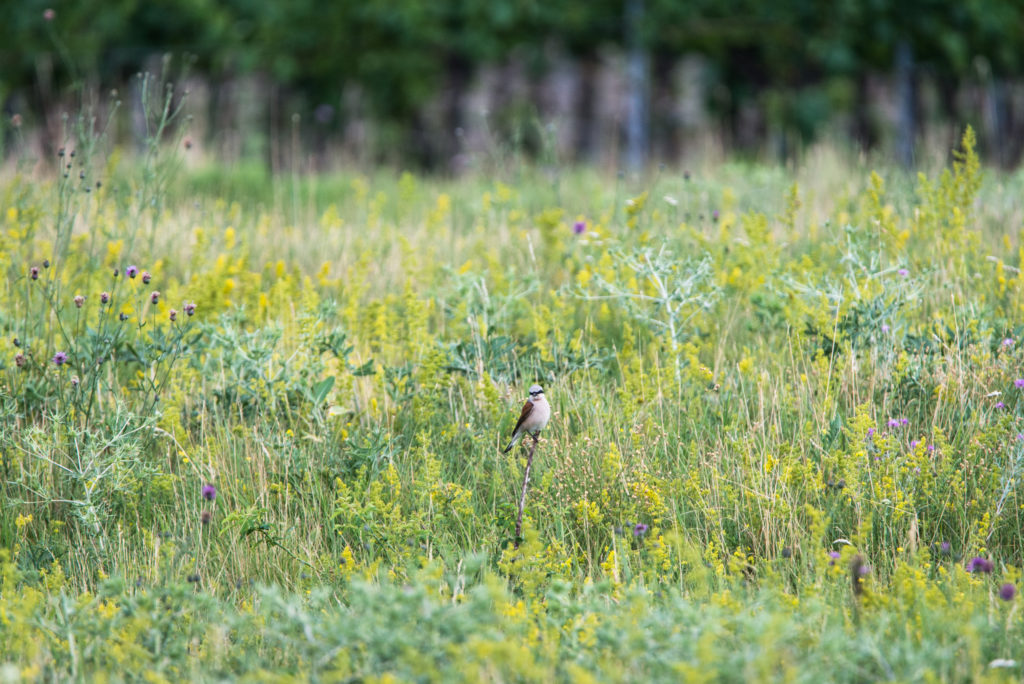
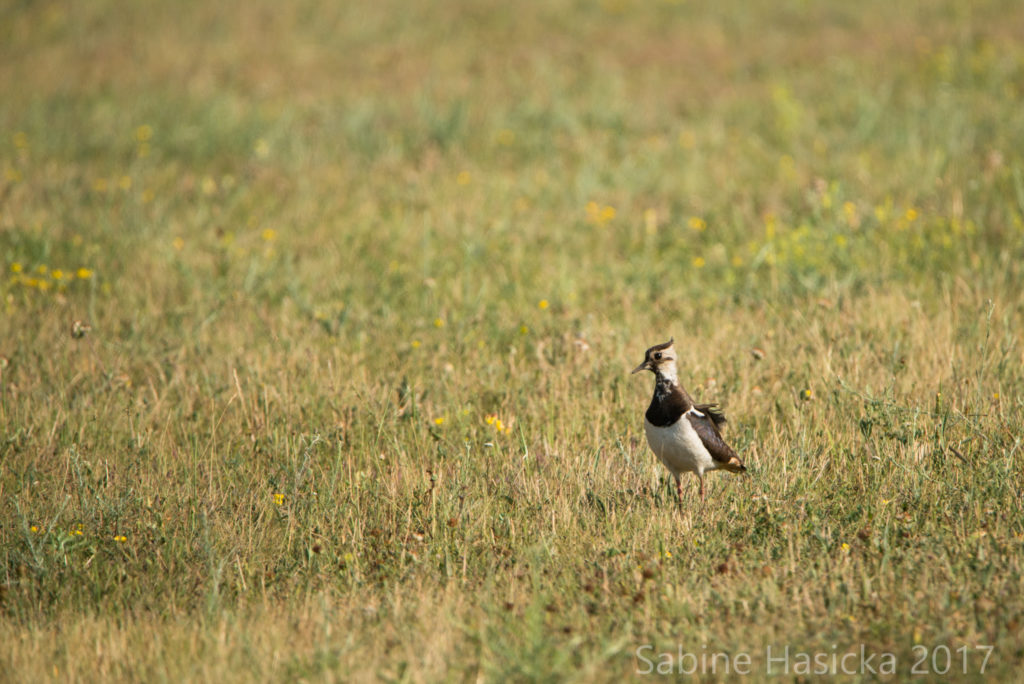

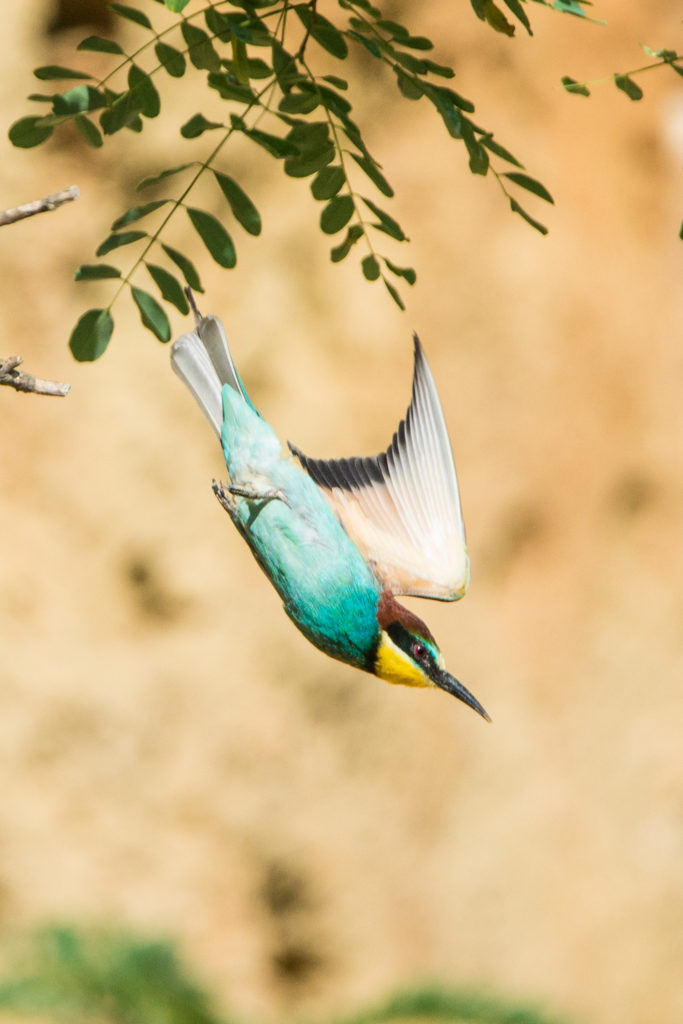
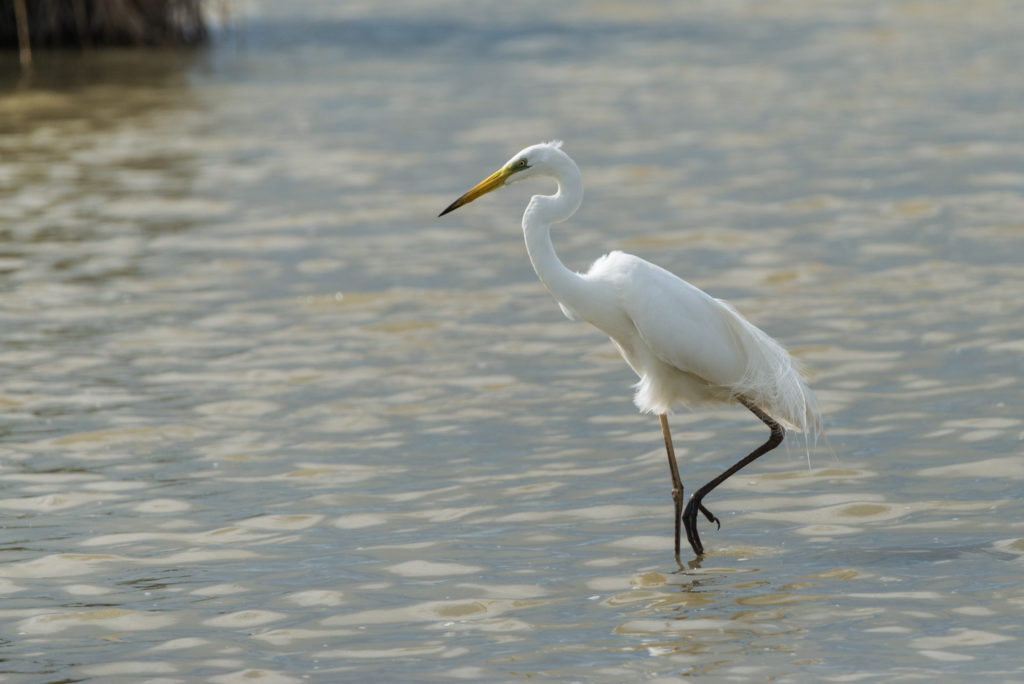
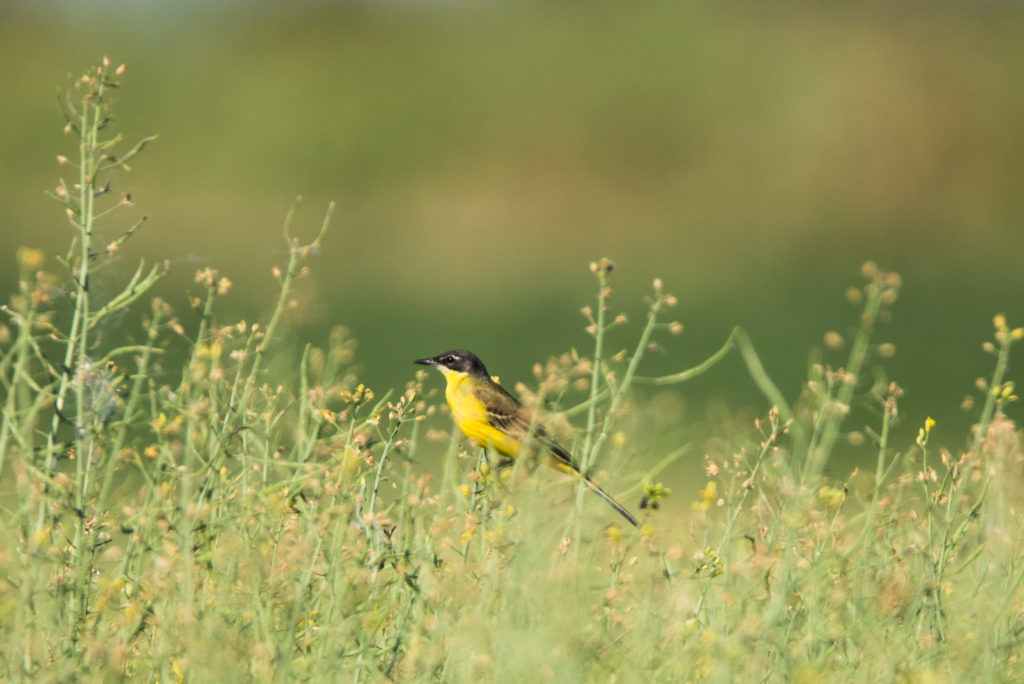
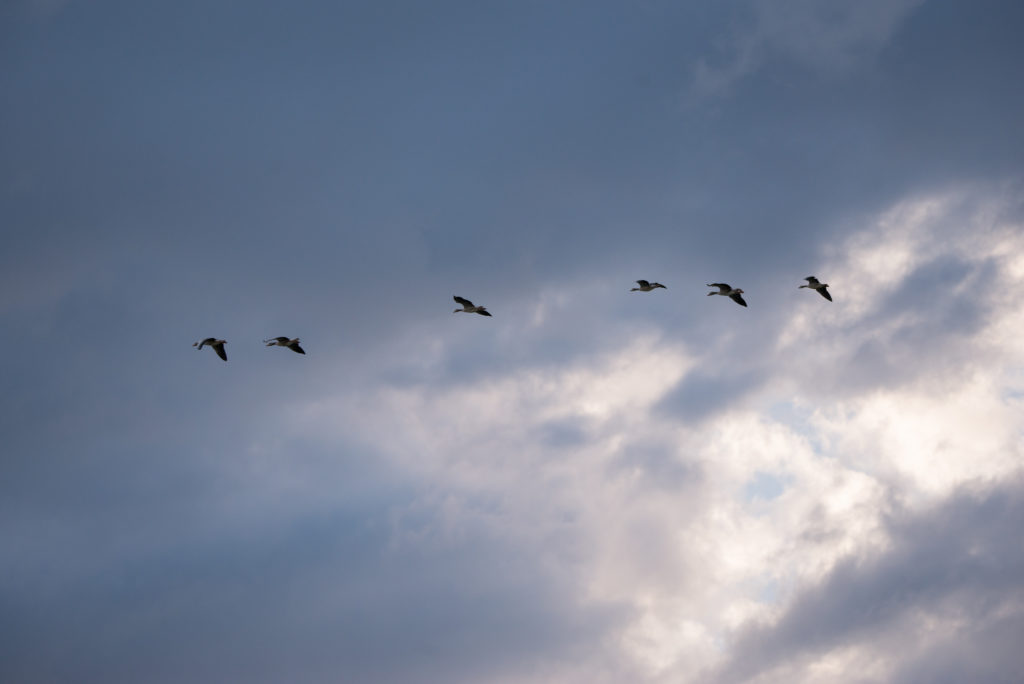

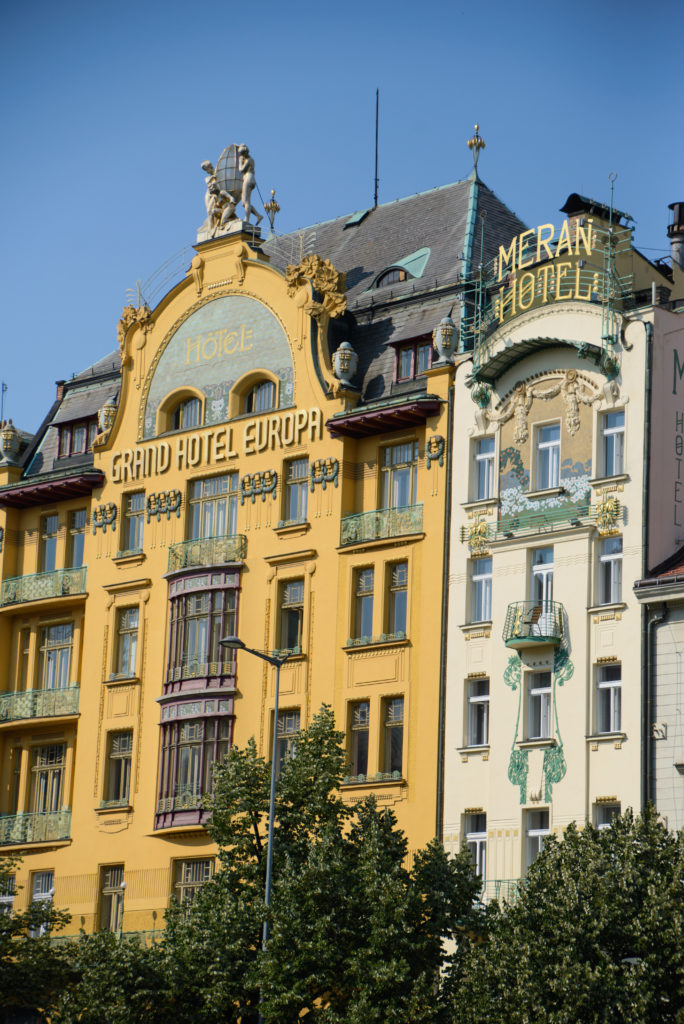
 A beergarden in the working class neighborhood Žižkov
A beergarden in the working class neighborhood Žižkov
